Home »
Misc »
How to get ready for a big basketball game
How to get ready for a big basketball game
Avoid These Game-Day Warm Up Mistakes That Could Cause You To Lose Games!
Learn how to consistently surprise and pounce on your opponents with quick 4 to 8 point leads. At the same time, develop injury resistant players who can jump out of the gym and move quickly.
If you do the traditional lay up and shooting lines, do stretching on the basketball court, and don't use drills with defenders in your warm ups, there are some big changes you want to make. These changes can have a dramatic impact on your season and possibly even your coaching career.
Check out the tips below...
1 - Prepare the body to move before you step on the court to reduce injuries, improve quickness, and develop better jumpers.
You should dedicate at least 15 to 20 minutes to prepare your body to move before you step on the court.
However, I often see players doing movement preparation exercises on the basketball court during their allotted warm up time.![]() This is a complete waste of time. This can easily be done elsewhere like in the hallway, locker room, any other space.
This is a complete waste of time. This can easily be done elsewhere like in the hallway, locker room, any other space.
All of your court time during the warm up should be dedicated to basketball drills. Drills that get you ready to play.
Additionally, a well-designed movement preparation program should:
- Reduce injuries which will result in more wins - You can't improve if your players are hurt. Actually, most recovery time is spent just getting back to where you were before the injury.
- Develop better athletes - If your warm up isn't improving balance, coordination, speed, jumping, and other athletic qualities, you need to modify your warm up.
Sample Of Movement Preparation & Athletic Development Exercises
Diving into the details of a proper movement preparation would make this article far too long. I've modeled the first part of my warm up after Vern Gambetta's and Gary Gray's teachings.
Here is a quick sample (emphasis on the sample). There are variations, regressions, and progressions.
- 2 Minutes Warm Up - Jump Rope
- Leg Swings - Forward and Back, Side to Side
- Reaches - Alternate up, Alternate up and over, Alternate rotating
- Minibands - Sidestep, Walk forwards and backwards, carioca, monster walk
- Single leg squat - forward and side
- Balance exercises - Step or do a little jump, then hold position.
- Lunge and reach - Lunge forward, lunge to the side, lunge rotationally backwards. And do these three reaches for each lunge. Reach up, reach down (touch toes), reach opposite (twist).
- Jackknife Crawl
- Hurdle walk - Sideways over and under (Might need to use imagination if you don't have hurdles.)
- Quick skip
- Lateral skip
- Side step with arm swing
- Carioca - long and low
- Backwards to forward run
- Forwards to backward run
Then I add basketball specific movements to the tail end of it. .. pivoting, jump stops, hip turns, shuffles, and different jumping variations.
.. pivoting, jump stops, hip turns, shuffles, and different jumping variations.
A little tip for practices: I also take this same approach with practices. If my court time starts at 6:00 PM, I will start practice anywhere between 5:30 PM and 5:40 PM.
2 - Use court time to wake up the brain, improve decision-making, and shock the competition at the beginning of the game.
From watching thousands of games at the youth and high school level, I can tell you that very few teams do what I'm about to tell you. From a competitive standpoint, this is awesome for you and me.
While the first part of a great warm up is to prepare the body to move, you also need to wake up your brain! Just going through two line lay up drills or the same shooting drills that you see in every gym is not going to accomplish this.
Your players need to be ready to make game decisions quickly from the opening tip. So you need to do plenty of drills with live defenders.
That way, there isn't a mental warm up period at the beginning of the game that turns into a huge disadvantage for you.
And if your opponents are like most of the teams I've seen, it will give you an edge at the beginning of every game. Even if you only get an advantage of two points per game, this can still have a big impact on your season.
Additionally, your team could spend an additional 10 to 20 hours each season of getting more high-intensity practice time. Tiny little improvements for each game can lead to big improvements over time.
Sample Of Warm Up On The Court
So I will do some of these drills that are based on my philosophies and system. Here is my outline:
Note: I do not do all of these drills in one warm up. These are just examples.
High-rep shooting drills - These do not include defenders, but I still think they are important at the beginning of a warm up.
1v1, 2v1, 2v2 Drills
- 1v1 close out drills
- 1v1 finishing drills
- Dribble attack drills with 1v1 and 2v1 (with second defender trailing)
Mini scrimmages - I typically pick a couple of constraints with 3v3, 4v4, or 5v5 depending on my situation.-Step-5.jpg/aid43486-v4-728px-Play-21-(Basketball)-Step-5.jpg) Here are a few examples:
Here are a few examples:
- No dribble - (3v3, 4v4, or 5v5)
- Lay Ups Only for first 10 passes
- 2 post touches before a jump shot
- 2 dribble limit on each catch
- Cut throat
- Overload Defense Drill - (4v3 or 5v4)
If I'm limited on time, I will just go straight to mini scrimmages. I will try to do as much basketball skill work off the court.
If your team comes out lethargic even after doing this, another tactic is to full court press for the first few possessions.
3 - Use non-court time to warm up basketball skills
You can have your players kneel and shoot against a wall. You can have them do pound dribbles. You can do constrained one on one drills. Basically, do anything in your space that will help you warm up your basketball skills before you get on the court.
As mentioned before, it's important that you use most of your court time to get the brain ready to make good decisions on the floor.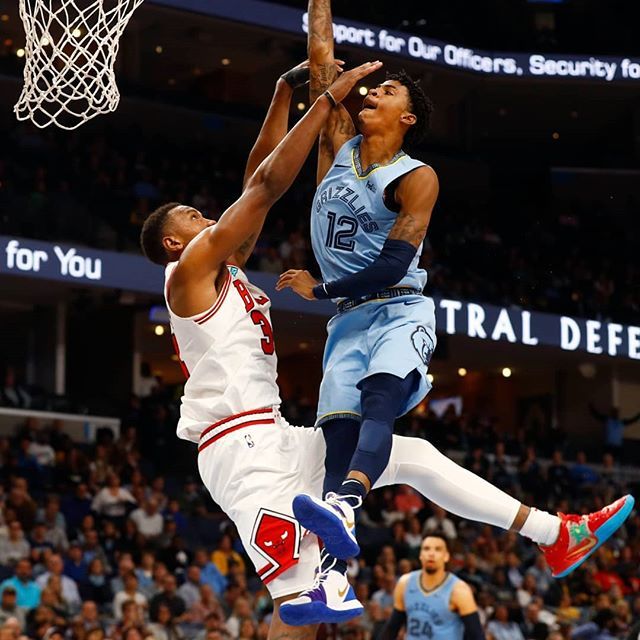
So you might need 30 minutes to prepare the body to move and do basic skill warm ups prior to the game. If you want, you can even spend more time.
4 - Incorporate shootarounds
If you have the option, use your facilities for shootarounds on game day. Even if it's a few hours before the game, getting 100 shots up in 15 to 30 minutes will help prepare your players to shoot in the game. Your players will need less time to find their shooting rhythm during the warm up.
Additionally, doing this 20 to 30 times throughout the year may result in residual improvements in shooting that can make a big difference.
On a side note, I almost added a fifth tip that has to do with mentality, but I'm still looking into this. Hopefully, I have some really cool new information in a future newsletter that could have a big impact on reducing anxiety and improving game performance.
So an ideal structure for your warm ups would be:
Earlier in the day - Shootaround for 30 minutes
30 minutes prior to court time - Movement preparation
10 minutes prior to court time - Basketball skill work
Court time - Game-like drills
A note for tournament settings:
If you play two or three games a day, my first warm up of the day will be the "long warm up" as mentioned above.
After that the warm ups are much shorter, I will just take 5 to 10 minutes to do running movements before each game. Carioca, Backwards to forward run, forward to backwards run, jumping exercises, then basketball specific movements.
Stretching?
I'm not a big fan of static stretching before practices and games. However, you might do this afterward.
If you have a tight area, you may do some massage work like foam rolling and light stretching prior to the warm up.
However, I would not hold a stretch for more than 10 seconds. The longer you hold stretches, the more it relaxes your body. Instead, you need your body activated and ready to move.
Well, I hope that these changes to your warm up will help you and your team.
What do you think? Let us know by leaving your comments, suggestions, and questions...
6 Ways to Prepare Yourself for a Big Game
The key to being successful in big games is in the preparation.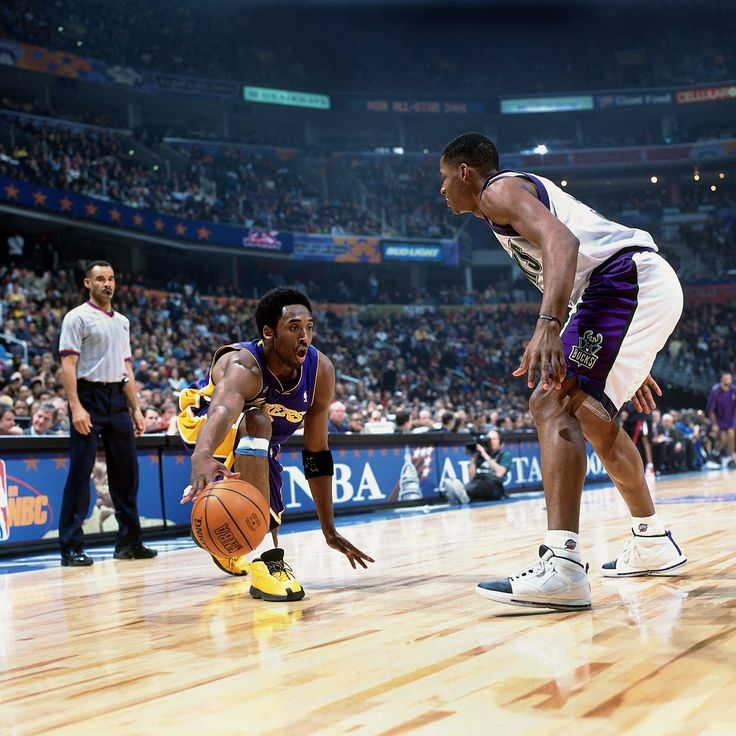 Winning is a habit and to develop the habit, you need to prepare yourself mentally and physically for competition.
Winning is a habit and to develop the habit, you need to prepare yourself mentally and physically for competition.
The best part of playing sports is playing in big games. Whether the game is a championship or the first game of the season, the excitement is always intense.
Competition is what makes athletics such an awesome part of life. It teaches us to perform well in the face of challenges.
Here are six tips to help you get ready for a big game:
1. Visualization
Visualization can be a very useful tool for all types of athletes. The night before your big game, think about what you want to do during the game. Imagine the shot you want to take, the pass you want to deliver, and the defense you want to play. Think about your role on the team and what you hope to do to help your teammates, or if it’s a solo sport. Every player can think of a time that they were disappointed with their performance in a game. Decide how you can avoid your previous mistakes and play better the next day.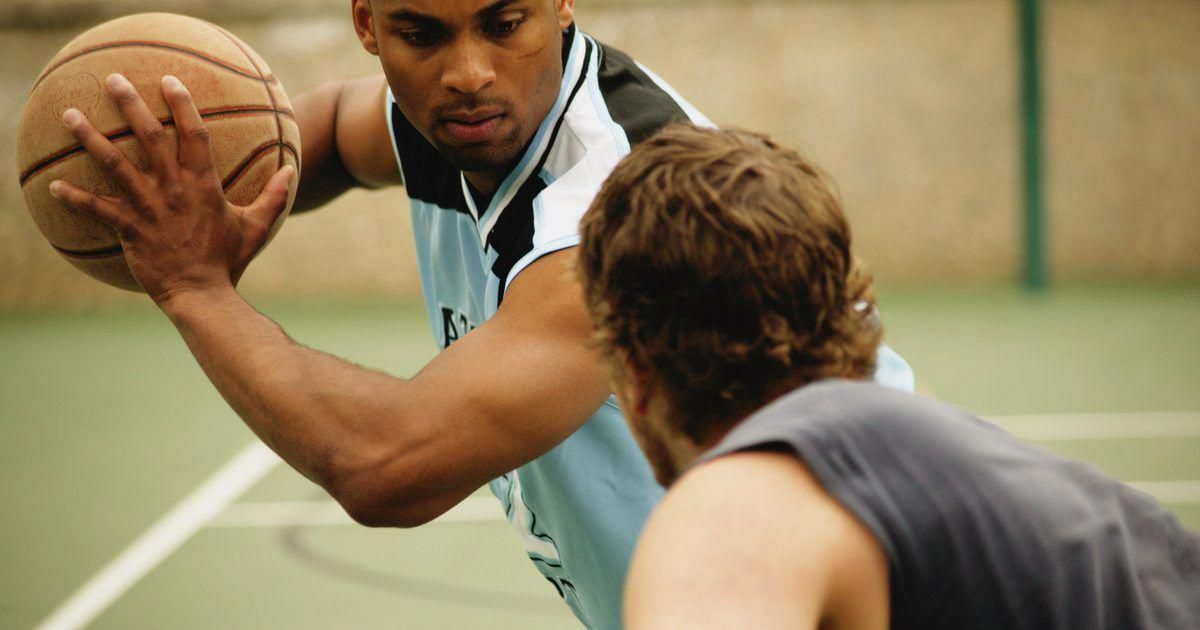 On the other hand, imagine the best goal, shot or serve you’ve ever made and how you can recreate it.
On the other hand, imagine the best goal, shot or serve you’ve ever made and how you can recreate it.
2. Sleep
Everyone knows the importance of sleep. Try to get between eight and nine hours of sleep the night before your game to rest your body and mind. Sometimes it’s hard to sleep when you are excited about the game, but experiment with different methods to find out what works for you.
3. Diet
Food is energy.
Everything you put into your body in the 24 hours before competition will influence how you play.
Carbohydrates (pasta and grains) are very important because they provide long-term energy. If your sport is an endurance sport, carbs help you run for longer without tiring. Stay away from fatty and fried foods. Also, you should avoid eating large meals within four hours of your soccer game; you want to be fully digested by the time you take the field. Learn more what you should be eating before, and after, a game here.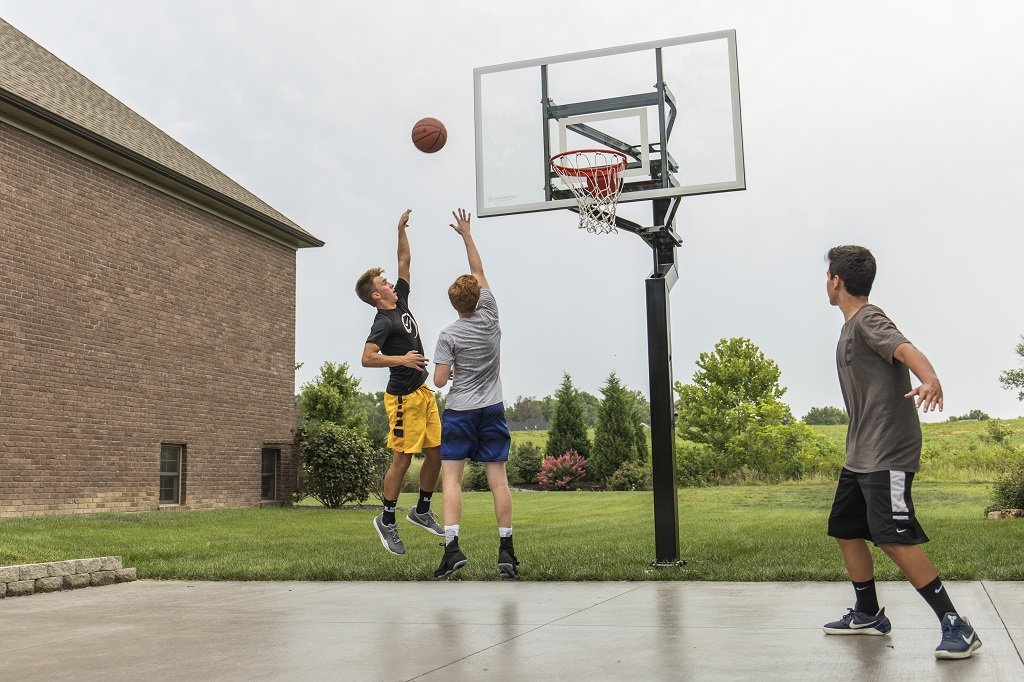
4. Stretch
The importance of stretching cannot be stressed enough. You should begin stretching the day before the big game.
Tight muscles are responsible for countless injuries that are easily avoidable.
Thoroughly stretch your legs after practice, before you go to bed, and after your pre-game warm-up. Note that stretching is more effective when your muscles are already warm.
5. Routine
The best athletes in the world have specific routines that they follow every game day. You don’t need a precise ritual, but consider using at least some form of routine for each game. Not only does this discipline put you in the zone before each game, it also helps you avoid being affected by outside distractions.
6. Coaching
To play to your full potential, you should speak with your coach before the game. Your coach can tell you what he or she expects of you and what you should expect of yourself.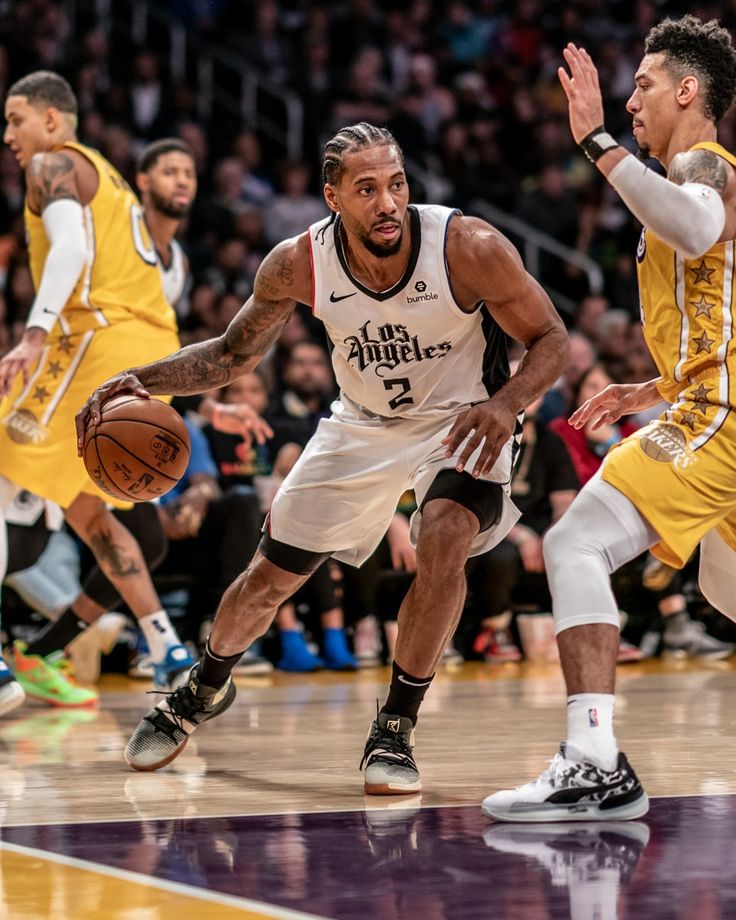 A good coach can give you the extra push that you need to be successful in the game, and will have experience and insight that you might not yet have.
A good coach can give you the extra push that you need to be successful in the game, and will have experience and insight that you might not yet have.
The Bottom Line
If you properly prepare yourself for big games, you will be much more successful in each of them. Being nervous for these big games is not a bad thing (learn how to ease big-game nerves here). The secret is converting that nervousness into motivation and excitement. Every good player loves playing in big games because there is no better feeling than winning one.
CoachUp is the safest and easiest way to find a coach for personalized training. With our 100% money-back guarantee and vetted coaches, anyone can achieve their full athletic potential. Find your perfect coach today and become the athlete you want to be!
How useful was this post?
Click on a star to rate it!
Average rating 4.6 / 5. Vote count: 19
No votes so far! Be the first to rate this post.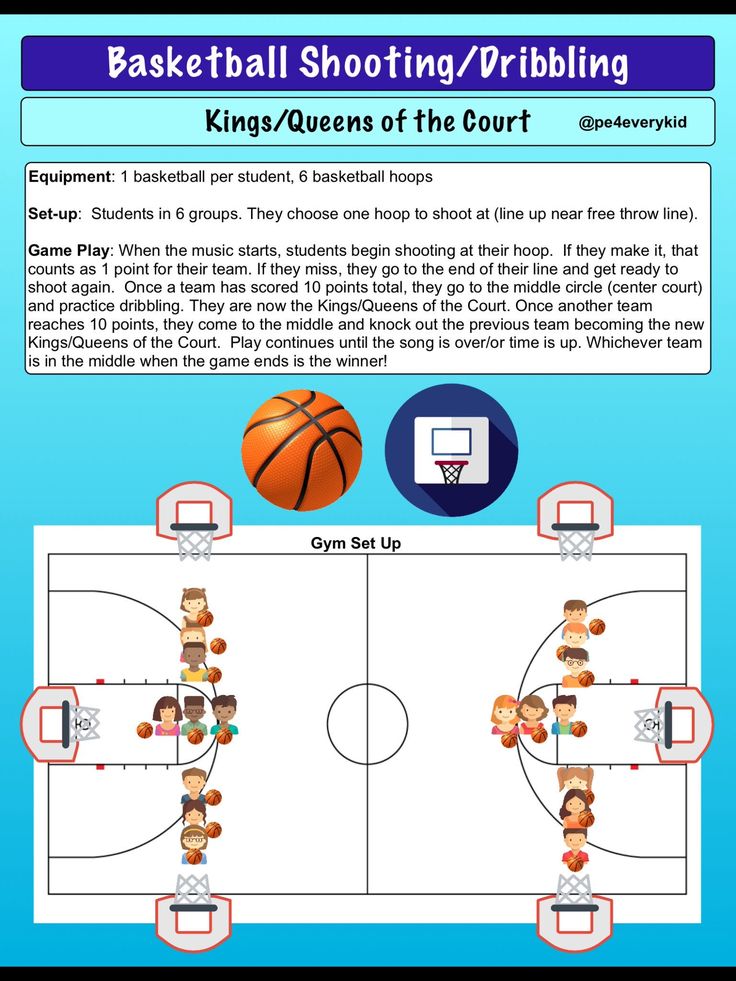
125 stories about the invention of basketball - Blogg on the floor - Blogs
Basketball, which Americans consider their national sport no less than baseball or American football, was actually invented by a Canadian.
Physical education teacher James Naismith, a Canadian of Scottish origin, invented a new sport exactly 125 years ago - on December 21, 1891. Basketball is one of the few sports that has an official birth date and can celebrate its birthday. Which we celebrate today, remembering how basketball appeared.
* * *
James Naismith should never have been a PE teacher. His relatives insisted that he become a priest, and the decision to go to study as an athlete was perceived with horror: in the 1800s, sports in the United States were considered by many to be a tool of the devil, distracting young people from church, work and family. “Years later, I asked my sister if she forgave me for dropping out of my theology studies,” Naismith recalled.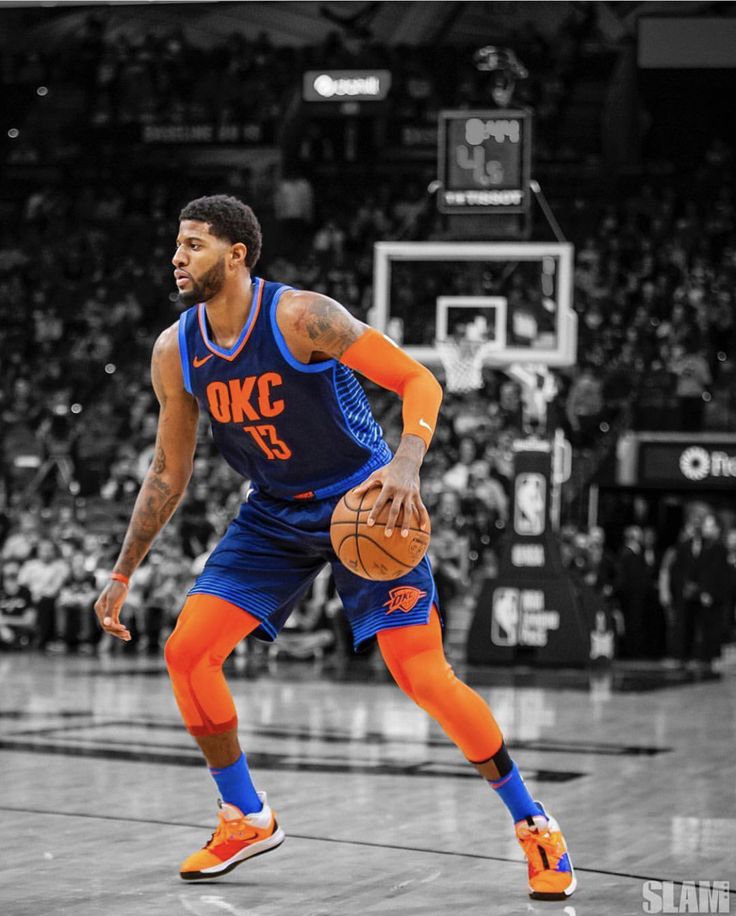 “No, Jim,” she replied.
“No, Jim,” she replied.
James Naismith did not have a middle name. Many sources gave his full name as "James A. Naismith", to which Naismith himself joked that the "A" meant "anonymous".
James Naismith had a difficult childhood. His family emigrated to Canada from Scotland, his father worked for pennies at a sawmill. When he was not even 9 years old, some kind of curse fell on the family: first, James's grandfather died, the sawmill soon burned down, then his father caught typhus. Little Jim's uncle took him along with his younger brother and older sister to his place so that the children would not get infected. The elder Naismith soon died of an illness, and three weeks later his wife, who contracted typhus while caring for her husband, also died. So the Naismiths were orphaned, and their uncle and grandmother began to raise them (she will die in two years).
Future professor, doctor and inventor Jimmy Naismith was not a very good student at school. He preferred fresh air to his studies: working on a farm or logging, swimming in a river or fishing, and in winter - sledding or hockey.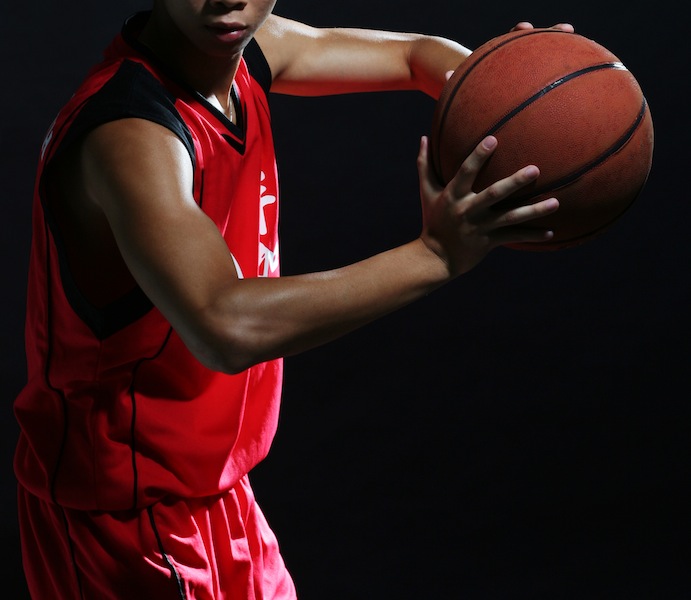 Three years before graduation, he announced to relatives that he was dropping out of school and would work full-time on a farm. He returned to school only at 19, when his uncle, having seen enough of James' poor carpentry skills, advised him to use his head instead of his hands.
Three years before graduation, he announced to relatives that he was dropping out of school and would work full-time on a farm. He returned to school only at 19, when his uncle, having seen enough of James' poor carpentry skills, advised him to use his head instead of his hands.
There was little entertainment in the countryside, and the children made up their own games. One of these, James's favorite game, was Duck on the Rock. Each player had a stone, one player (the "defender") put his on a large stone. Other children stood up 5-6 meters from the stone and tried to knock down the defender's stone with their stones. If they hit, they stayed in the game, but if they missed, they had to find their stone before they were pinned down by a defender. Naismith liked the game so much because it required accuracy, reaction, and the ability to dodge a defender.
When Naismith returned to school, he adjusted quickly and was promoted to senior class twice during the school year. He was good at mathematics and natural sciences, but there were big problems with languages. However, he overcame them too, and once he, still a schoolboy, was called to replace an ill teacher in a rural school. Naismith's early students were the best in spelling and the worst in math. So he found out that it is often easier to teach others what he himself once had difficulty learning than what came easily.
However, he overcame them too, and once he, still a schoolboy, was called to replace an ill teacher in a rural school. Naismith's early students were the best in spelling and the worst in math. So he found out that it is often easier to teach others what he himself once had difficulty learning than what came easily.
Naismith's McGill University was one of the first in North America to introduce physical education into the curriculum. Especially popular was rugby, which gradually evolved into American football.
Naismith wandered into rugby practice one day. The center of the team broke his nose, and he needed a replacement from the audience. Naismith never played, but volunteered and was such a successful replacement for an injured man that he was offered a spot on the team. James agreed on the condition that he could use the injured player's kit (he had no money for his own). For the next six years, he played center on the varsity rugby team, never missing a game.
In his penultimate and senior year, Naismith was recognized as the best athlete at McGill University.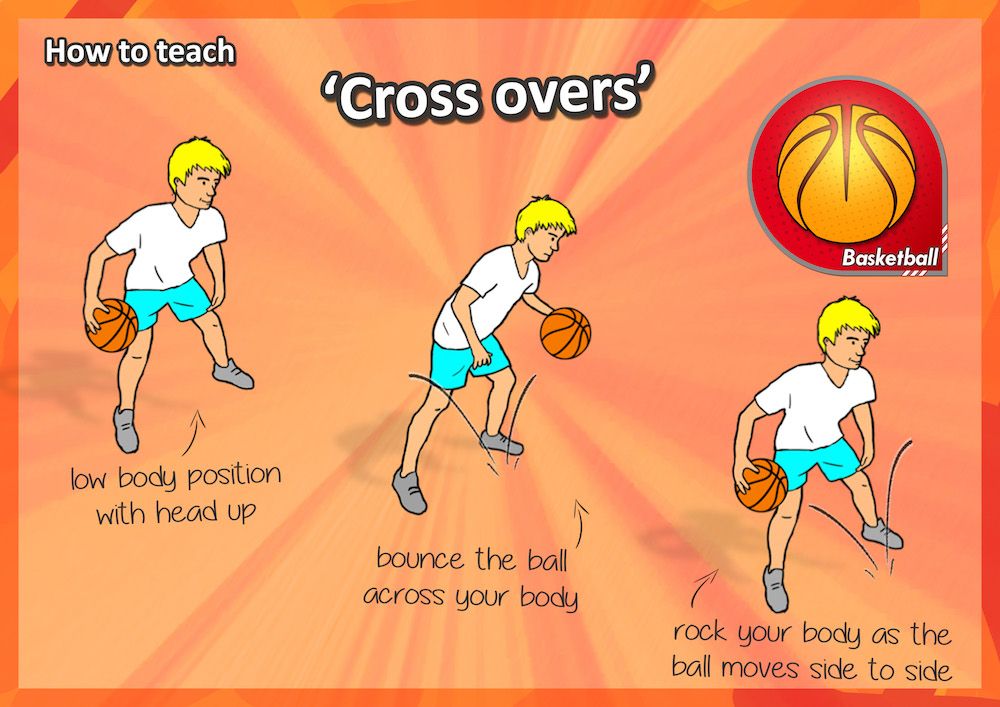 In addition to rugby, he played football and lacrosse, as well as boxing.
In addition to rugby, he played football and lacrosse, as well as boxing.
Naismith's college motto was "Don't let anyone work harder than you today."
After completing his undergraduate studies, Naismith continued his studies at the Theological School at McGill, aspiring to become a Presbyterian minister, but did not leave the sport, the "devil's tool" - in fact, he was appointed athletic director of the university after the death of his predecessor.
* * *
Naismith soon felt that he did not need to become a priest to change people's lives for the better. "I discovered the fact," he later wrote, "that there are other ways to influence the youth than by preaching." One of Naismith's acquaintances suggested that he become an intern at a college in the American Springfield, Massachusetts, where an educational physical education program was being developed.
The College Athletic Department was headed by Luther Gulick, who is now recognized as the "Father of Physical Education Teaching" in the United States.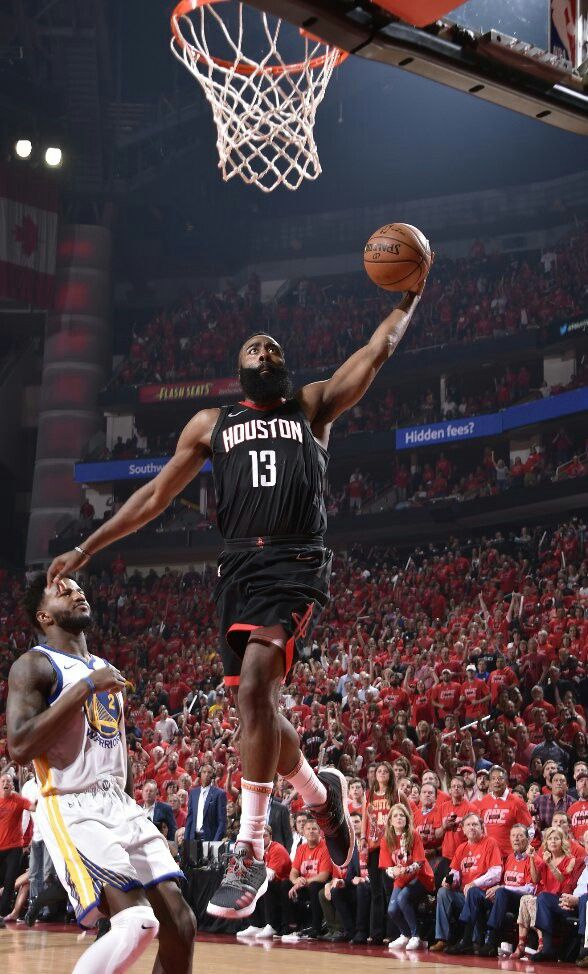
There were two programs in the college: one for preparing physical education teachers, the other for sports administrators. If the first showed interest in gymnastics, athletics and other sports indoors, because they knew that they would someday have to teach, then there was no enthusiasm in the future administrators when they were each driven into the gym for an hour . New games didn't appeal to them either. At a meeting between faculty, Naismith said that "the problem is not with the people, but with the system we use." Gulick reacted to these words like a real leader: he appointed Naismith responsible for inventing a new game.
So Naismith, an intern, was assigned to find a way to get the students involved in something active in the hall. James initially refused this assignment, but soon left his job as a teacher of psychology, theology, wrestling and swimming (such a non-standard set) to invent a new sport for apathetic "clerks".
Before Naismith, these obnoxious students drove two instructors crazy. James was Luther Gulik's third and most likely last attempt to introduce winter sports into the educational curriculum.
James was Luther Gulik's third and most likely last attempt to introduce winter sports into the educational curriculum.
The new sport would not have been needed if it weren't for winter. At the end of the 19th century, there were not enough games that could be played indoors - gymnastics and aerobics were popular, but not very exciting sports. And in the northern states, which is Massachusetts, it was no longer possible to play football, rugby, or baseball in the winter, and hockey had not yet managed to become popular on this side of the border and was too dependent on weather conditions.
Another problem was the lack of electrification of society. Under the artificial light in the hall, it was impossible to play sports that would require only accuracy. So at Springfield College, the challenge was to invent a new sport that could be practiced in a dimly lit gym during the winter.
In the photo: the hall in which Naismith introduced his students to a new game
He had 14 days to invent a new game.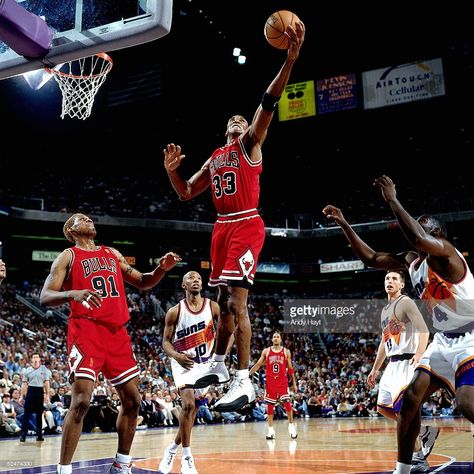
* * *
At first, Naismith tried to modify existing sports. But rugby proved too traumatic even without tackles, football meant too many broken windows and equipment for other activities, and lacrosse was dropped from the list after a few Canadian students were found to be too good at it and any related him modifications.
The day before the end of the time allotted for inventing a new game, Naismith was in a panic - he never came up with anything. Then he tried to approach the problem from a different angle. Why did attempts to modify the old fail? Because people liked those games as they are, without innovation. How is an abstract sports game built in general? Usually there is a ball in it. So the future game has a central element around which it is built.
But the balls are also different. If the ball is small, you need a lot of equipment for it - clubs, bats, goals, pads, masks, and so on. And the more inventory, the more complicated the rules, but you need a simple game.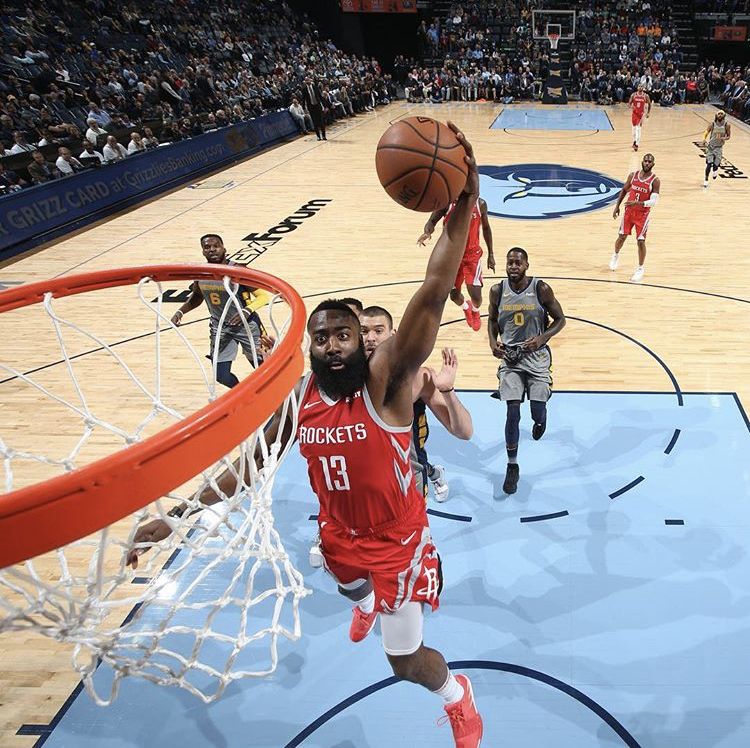 Another small ball is easier to hide somewhere in a playful way. It is more convenient to work with a big ball.
Another small ball is easier to hide somewhere in a playful way. It is more convenient to work with a big ball.
The second task was to define the philosophy of the sport. Rugby couldn't be played in small halls because that would lead to a lot of injuries due to collisions. Collisions occur to stop the person running with the ball. “I sat at the table with these thoughts and said out loud: “If he does not run with the ball, he will not need to be captured. If he is not captured, there will be no roughness in the game.” I still remember how I snapped my fingers and shouted: “Found it!” Naismith later wrote. Thus was formed the basic principle of the new game - you can not run with the ball. Hardly a detailed description, but it was only the first stroke of a sketch of the future sport.
The third task is to justify the purpose of the game. At first, Naismith wanted the ball to be thrown into opposing goals, like in lacrosse - a net of 2 by 2.5 meters. But if the ball is thrown too hard, they will hit another player and injure him, and this again is not suitable. And then Naismith remembered his childhood and playing Duck on the Stone. It was not about strength, but about accuracy, which was precisely the special trait that Naismith was looking for in his new game: “I thought that if the target to be hit was horizontal instead of vertical, then players would have to throw the ball in an arc. Strength, the essence of rudeness, will be useless.
And then Naismith remembered his childhood and playing Duck on the Stone. It was not about strength, but about accuracy, which was precisely the special trait that Naismith was looking for in his new game: “I thought that if the target to be hit was horizontal instead of vertical, then players would have to throw the ball in an arc. Strength, the essence of rudeness, will be useless.
Naismith also decided that the goal should be suspended over the heads of the players so that the defenders could not crowd around it and block the path of the ball. We are already groping for something similar to the basketball we know, aren't we?
* * *
On the morning of December 21, 1891, an enthusiastic James Naismith arrived at work. Naismith had two soccer balls to choose from - one for rugby, the other for football. The rugby ball is stretched out so that it can be carried in the hands, James concluded, and this is not necessary in the new game. Therefore, a round projectile was chosen.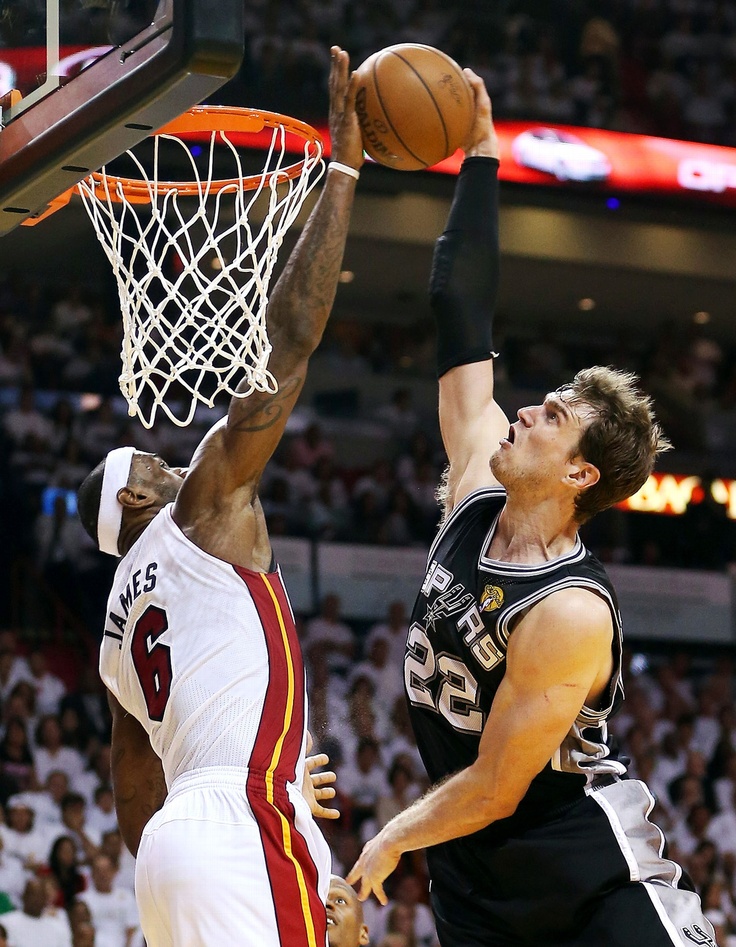
The first version of our usual basketball basket was a pair of half-meter by half-meter boxes. True, they existed only in Naismith's imagination - the janitor of the college did not find suitable ones and offered two baskets of peaches. Thus, the "basket ball" was born. Remember this name forever - Pop Stebbins - that was the name of the janitor who found the peach baskets in his pantry.
The baskets were fixed at a height of 10 feet (305 cm). It was at this height that the lower railings of the balconies above the playground were located, and it is at this height that basketball hoops around the world are now located. “If the railing was 11 feet high, that’s where I would have secured it,” Naismith said. But the dynamics of basketball would change if it became more difficult to score from above or shoot from a distance.
Naismith wrote the rules for the new game in less than an hour, then gave them to a college stenographer, Miss Lyons, to type them out.
There were only 13 rules.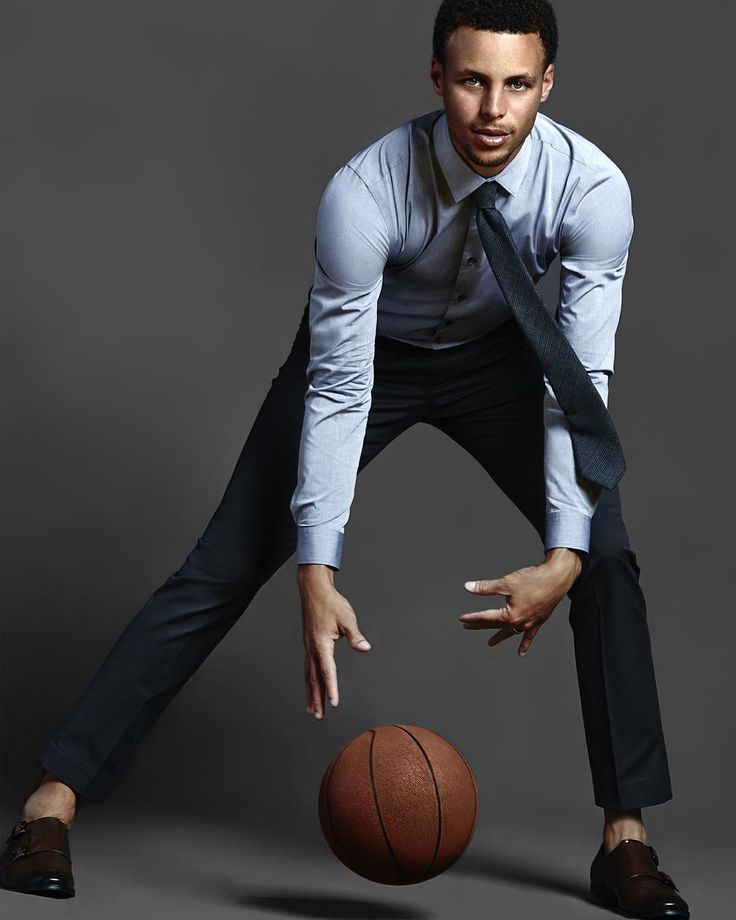 They were attached with a pair of thumbtacks on the bulletin board in the gym - and so they became official.
They were attached with a pair of thumbtacks on the bulletin board in the gym - and so they became official.
First rule: the ball can be thrown in any direction with one or both hands . Naismith believed that the rugby rule that the ball can only be passed back was not required in his game.
Second rule: the ball may be hit in any direction with one or both hands (but not with the fist) . James didn't want a hard-fisted ball to hit anyone in the nose, or worse, out the window. Kicking the ball is illegal in most modern versions of basketball rules.
Third rule: A player may not run with the ball. He must throw it from the place where he caught it; some movement is allowed if the ball was caught at high speed . At first, the only way to play was to either pass or roll the ball on the ground. Dribbling was first used by Yale University students in 1897 year, it soon spread. At first it was possible to make only one hit to the floor, since 1909 the restrictions were removed. In 1903, players who dribbled were banned from throwing until 1915.
In 1903, players who dribbled were banned from throwing until 1915.
In 1927, the Basketball Rules Committee attempted to remove dribbling from the rules of basketball. In response, basketball coaches, led by Fogh Allen, a former student of Naismith, formed the National Basketball Coaches Association. This organization still exists today, and thanks to it the Basketball Hall of Fame, the Student Basketball Hall of Fame and the NCAA Basketball Tournament were organized. And it all started with a protest against the return to authentic basketball without dribbling.
Fourth rule: the ball may be held in or between the hands; other parts of the hands or body must not be used . Naismith didn't want the ball to be gripped so tightly that it couldn't be pulled out. Now there is no such rule in basketball, but no one really wants to hold the ball with their feet or under their arms.
Fifth rule: it is forbidden to push with the shoulder or arms, grab, trip, hit an opponent in any way; the first violation is considered a foul; the second disqualifies him until the next hit or, if he intends to injure the player, until the end of the game without the right to substitute .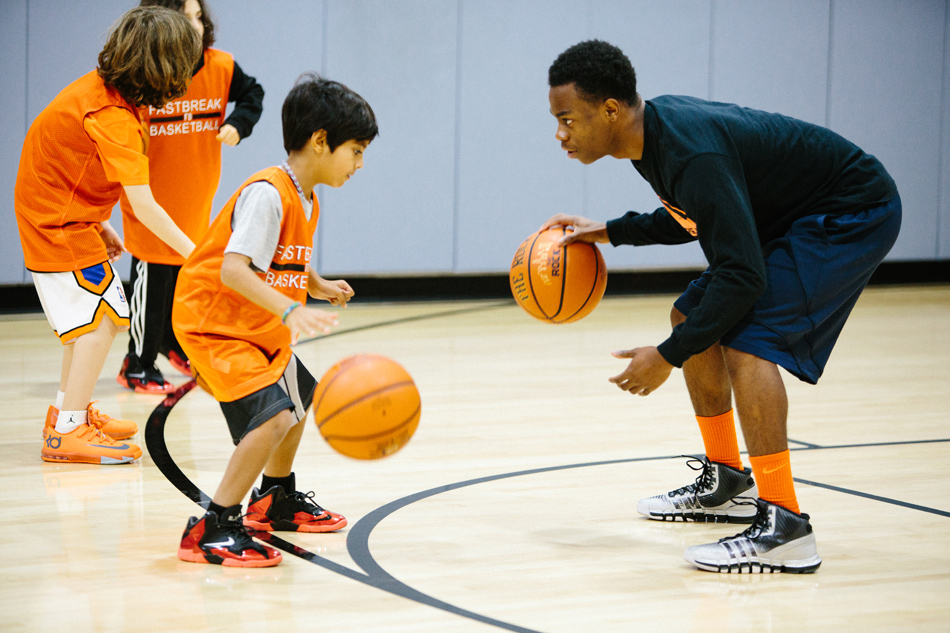 Naismith had the hardest time with this rule when he later referred women's matches: “Everything worked out well until I called a foul on one of the girls. She asked: “Did you whistle me a violation?”, And then told me what kind of character I have, where I came from and where I should go.”
Naismith had the hardest time with this rule when he later referred women's matches: “Everything worked out well until I called a foul on one of the girls. She asked: “Did you whistle me a violation?”, And then told me what kind of character I have, where I came from and where I should go.”
Sixth rule: it is a foul to hit the ball with the fist, as well as violations of rules 3, 4 and 5 . Gradually, violations for which fouls were given were added. And some - on the contrary, were removed, instead of a foul, a change of possession was awarded. For example, up to 19For 22 years, running with the ball was considered a foul. Since 1922 - only the wrong dribbling. Now in the NBA there are 11 situations that are punishable by personal fouls - and almost fifty violations for which you can whistle a technical foul.
Seventh rule: three fouls in a row by one team count as 1 point to their opponent (consecutive means that during this time the opponent has not fouled even once) .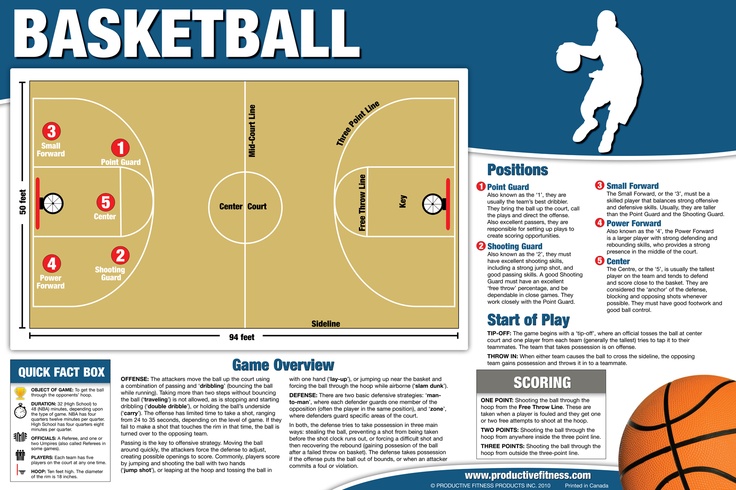 In 1893, a point was awarded for each foul, and in 1894, free throws were introduced for fouls, the rules for which were changed many more times.
In 1893, a point was awarded for each foul, and in 1894, free throws were introduced for fouls, the rules for which were changed many more times.
Eighth rule: a point is awarded if the ball is thrown through the air or ricochets off the ground into the basket and remains there without the defenders having the right to touch the basket. If the ball hangs on the edge of the basket and the opponent moves the basket, it is considered a pocketed ball . In 1896, hitting the ball into the basket began to count as two points.
Ninth rule: if the ball goes out, it must be thrown into play by the person who first touched it. In case of dispute, the referee throws in the ball. Five seconds are given to enter the ball from out. If the ball is not thrown within this time, it is passed to the opponent. If either side continues to drag out the game, the referee shall award them a foul . These five seconds to enter the ball from out have been preserved in the rules to this day.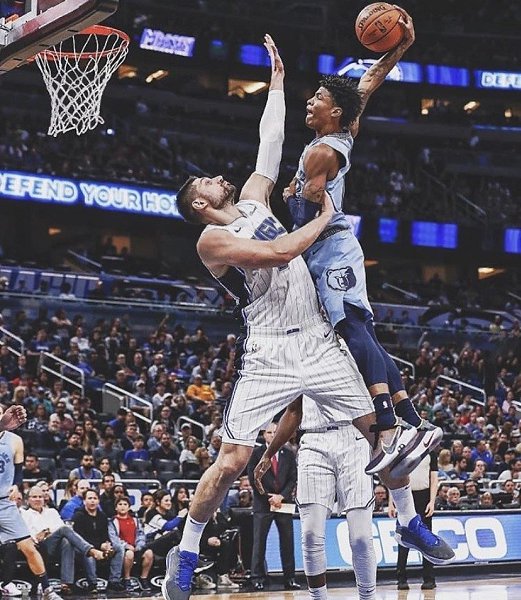
The modern rules for who should throw in the ball didn't come into existence until 1914 - and before that, they were pushing behind the ball, trying to catch the ball, like in "Duck on the Rock". It used to be funnier. According to Naismith's memoirs: “I remember playing in a hall with a balcony. At the beginning of the first half, the ball flew there, and the players of one team immediately rushed in a crowd to the stairs, and there were so many of them that they could not push through. Two players from the other team tried to throw their partner up so that he would grab onto the balcony railing, pull himself up and get to the ball first.
Tenth Rule: Linesman must evaluate the players, keep a record of fouls, report to the referee when the team has committed three fouls in a row. He has the right to disqualify players based on rule #5 . Naismith, even before testing his sport, understood that one referee was unlikely to be able to cope with the maintenance of the game. Therefore, out of 13 rules, two are dedicated to judges at once.
Therefore, out of 13 rules, two are dedicated to judges at once.
Eleventh rule: The referee must keep an eye on the ball and determine when it is in play, out of play, who is in possession of the ball, keep a record of the time. He must determine the hit of the ball in the basket and keep the score, as well as perform other duties related to the work of the chief referee .
Twelfth Rule: The game consists of two halves of 15 minutes each with a 5-minute break. Soon the time for the game was increased to 40 minutes.
Thirteenth Rule: The side that scores more goals will be declared the winner. In the event of a draw, the game may be continued until the decisive ball by agreement of the team captains.
Now there are 13 rules in the NBA code, but they are all described in much more detail. There are ten rules in the NCAA and FIBA. But with paragraphs and subparagraphs, their number reaches several hundred.
* * *
Pictured: First team and James Naismith
The first game went 9 on 9 - simply because there were 18 students in the group.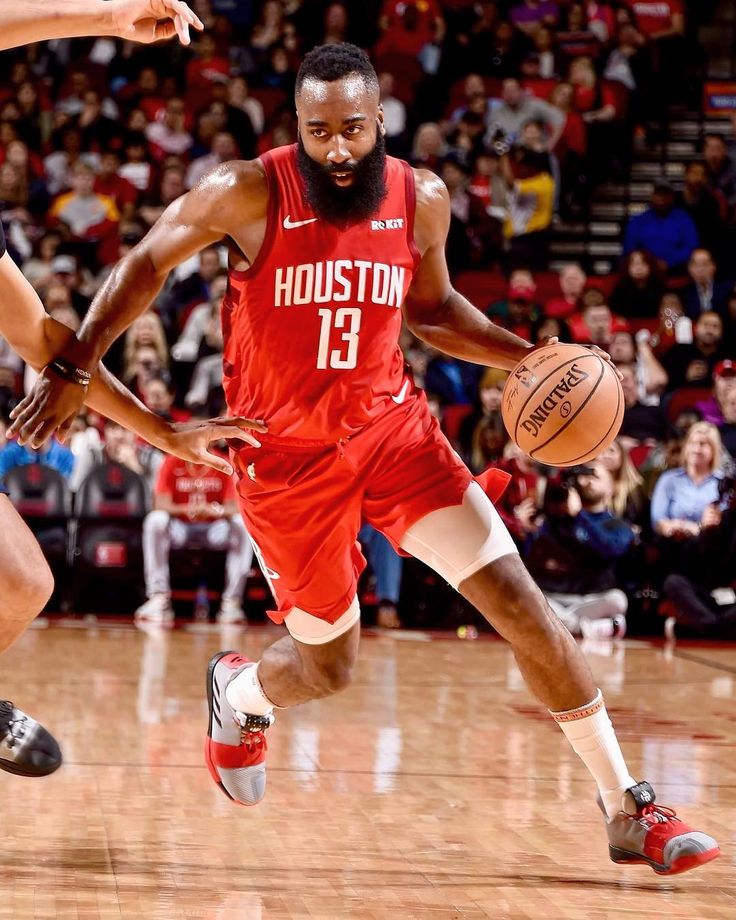 The walls of the hall served as the boundaries of the site, the lighting was weak, and the players did not have any special equipment. Naismith placed the players on the court like in lacrosse - three for defense, three for center, three for offense, called two players, tossed the ball - and a new game was born.
The walls of the hall served as the boundaries of the site, the lighting was weak, and the players did not have any special equipment. Naismith placed the players on the court like in lacrosse - three for defense, three for center, three for offense, called two players, tossed the ball - and a new game was born.
Naismith later recalled: “After a few minutes, it became clear to the experimenter that the game was a success. The players seemed to enjoy the vicissitudes of the game with all their hearts, especially trying to avoid a collision with an opponent. The game captivated the students so much that they wanted to continue it even after the lesson was over.
The hardest part for early basketball players was adjusting to the sudden stop after receiving the ball. The natural instinct is to keep moving with the ball. But this was a violation, and according to the rules, the player was removed from the court after a foul until the next hit. “It happened that there were half a team in the penalty area,” Naismith recalled.
Rudeness was also present. The list of injuries in the first game, according to Naismith: several black eyes, one dislocated shoulder, one loss of consciousness. Not bad for half an hour of play.
Only one ball was scored in the game. The author of the historic hit was William Chase, who threw the ball into the basket from 8 meters.
At this moment, a new problem was discovered - the abandoned ball had to be removed from the basket. They called Stebbins with a ladder.
After the game, it turned out that someone removed the rules from the bulletin board. It turned out that it was one of the players, Frank Mahan, who wanted to keep a memento. But after a couple of weeks, his conscience tormented him and he decided to return them to Naismith.
The same Mahan asked Naismith after Christmas if he had already come up with a name for the new game? Naismith answered no, then Mahan offered two options - "Naismith ball" and "basket ball", and the modest inventor chose the second, more euphonious option.
Until 1921, it was written in two words - "Basket Ball", sometimes with a hyphen. And 30 years after the invention of basketball, journalists decided to shorten the name to one word.
Among the 18 participants in the first basketball game was even a Japanese - Genzabaro Ishikawa, who would later introduce his homeland to a wonderful new game. Other participants in the first match brought basketball to France, India, Great Britain and Persia.
* * *
Soon rumors about a new, as yet unnamed game spread around the school, and spectators began to come to the matches. Two weeks later, 100 people turned up at one of the games - including a group of students from Buckingham Women's College who were returning from lunch and accidentally walked past the hall and heard a noise. The Buckingham teachers approached Naismith after the game and asked if they could also play basketball. Naismith didn't mind, and the first women's basketball team was born. They were opposed by a team of stenographers from Springfield College.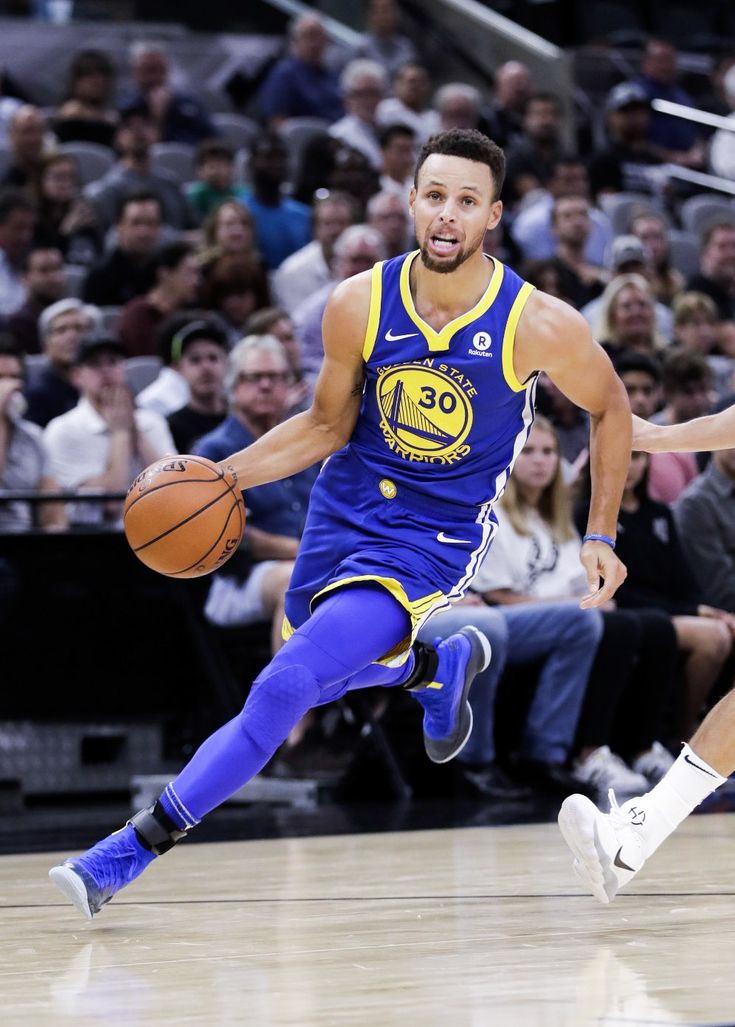
The very first women's basketball game, like the men's a couple of weeks before, was refereed by Naismith himself. And in one of the first games, his future wife also took part (married in 1894) - Maud Naismith, nee Sherman. They met because the future inventor of basketball rented a room in the Sherman family house - the house was close to the college where Naismith worked.
Two years after the invention of basketball, at another college in Massachusetts, Senda Berenson decides to adapt Naismith's rules for women. So basketball began to develop in another, independent of the main direction - and turned into "baskett" - a variant of basketball 6 on 6, which among women finally lost competition to real basketball only by 1970th.
* * *
Basketball instantly spread across America - and "fault" for this was the Christmas holidays for students. Traveling to their hometowns in the United States and Canada, they enthusiastically talked about the new game and demonstrated it at local chapters of the Young Christian Association (YMCA).
Soon a team of students captained by Mahan began touring the country playing exhibition basketball games, often in conjunction with a group of acrobats from the same college.
Naismith's idea was that basketball could be played by any number of people. But after some experimentation, in which the number of players on the court reached 50, the matches were limited to the standard 9 on 9, as in the very first match in history. By 1897, the number of players on one team was limited to five.
Pretty soon, Naismith's students organized a full-fledged team and began to challenge other students and college staff to matches. So they won both a team of students from another faculty (future physical education teachers) and a team of their teachers.
That game - March 11, 1892 - is recognized as the first public basketball game attended by 200 spectators. Naismith himself also spoke for the teaching team, one of only two occasions in his life when he participated in a game he invented. And the only goal for the teachers was thrown by Amos Alonzo Stagg, in the future one of the greatest coaches in American football.
And the only goal for the teachers was thrown by Amos Alonzo Stagg, in the future one of the greatest coaches in American football.
A year later, Stagg will go to work as a coach (football, baseball and basketball at the same time) at the University of Chicago, where he will soon popularize 5-on-5 basketball - a variant that will become canon.
“If you saw our first matches, you would laugh,” Naismith recalled much later. - Adult men played, most with mustaches, someone even had a beard. They were wearing long pants and short sleeve shirts. Someone could take aim with a ball raised above his head for so long that it was simply taken out of his hands. It was an endless source of fun - no matter how often the ball was lost in this way, the player always turned around with his hands up and a puzzled expression on his face - "Who did this?".
* * *
In January 1892, the rules of basketball were published in the Springfield College newspaper, The Triangle. She, of course, had nothing to do with the "triangular attack": the triangle was the emblem of the YMCA, which was once invented by Naismith's college boss Luther Gulick.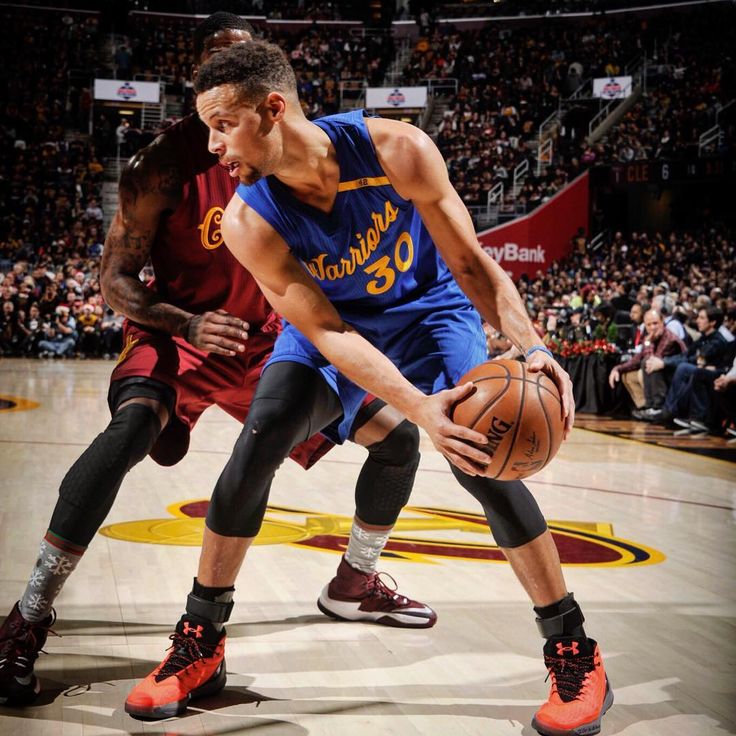
The Triangle editors received so many requests for a copy of the rules that they published a separate booklet that also described the necessary equipment for the game.
Already in April 1892 years about the game was written in the New York Times - under the heading "The new ball game, a replacement for football without rudeness."
The first basketball was made by the bicycle factory Overman Wheel Co. from Massachusetts. It was lighter and larger than the soccer ball that had been played before.
The first balls were brown, and only many years later they began to make them orange - so that the audience could see the ball better from the stands.
In the late 1890s, Naismith asked AJ Spaulding to develop an improved version of the basketball. And 120 years later, Spalding balls are official in the NBA, but only earlier they were not very even, not very round and with lacing, which made dribbling difficult.
Pictured: Spalding's ball manufacturing
Ten years later, Spaulding would also produce the first dedicated basketball shoe.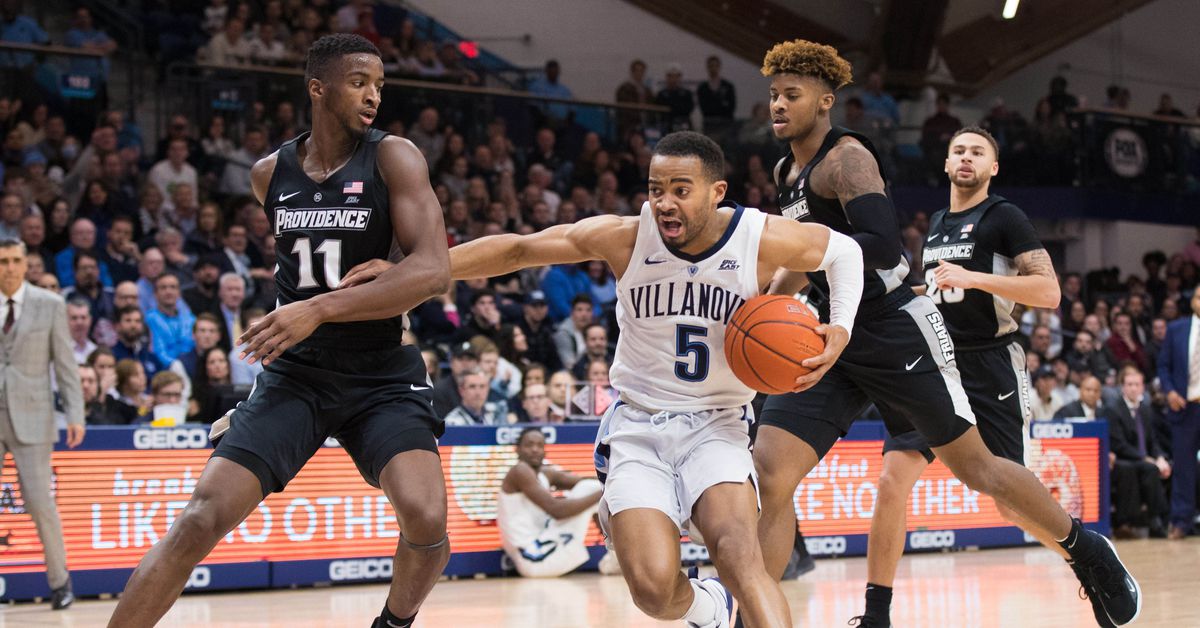
With the spread of the game, the first inconvenience appeared: climbing on the ladder to get the ball out of the basket after each hit was annoying. At Springfield College, a special person sat on the balcony to take the ball out of the basket. Then someone suggested cutting the bottom of the baskets - alas, history has not preserved the name of the author and the place of this important invention. But even the bottom was cut out not so that the ball would fall through, but so that it could be pushed out of the basket from below with a stick. “Since the stick was often not available,” Naismith recalled, “we had to use other objects. Fortunately, the inexperience of the players led to the fact that the ball was thrown into the basket very rarely.
In 1898 the baskets were changed to rings with a net attached. By 1912, rings with a hole in the bottom of the mesh were already common.
Since most of the halls had balconies, spectators sat behind the rings, and some unscrupulous fans could interfere with the ball entering the basket. And the organizers of the matches came up with another important element of basketball - the shield. True, no one imagined that the shield would make it easier for the ball to hit the basket and increase the effectiveness, and, consequently, the entertainment of the sport.
And the organizers of the matches came up with another important element of basketball - the shield. True, no one imagined that the shield would make it easier for the ball to hit the basket and increase the effectiveness, and, consequently, the entertainment of the sport.
In 1895, the first university match was played between the Minnesota Public School of Agronomy (now the University of Minnesota at St. Paul) and Hamline College (now Hamline University). Although the first student team appeared in Vanderbilt in 1893, it did not play with other colleges.
Basketball was spreading at such an alarming rate that the YMCA banned it in some parts of the US - basketball games were crowding other sports out of gyms. Then basketball players had to move to ballrooms, arsenals, hangars and other large indoor facilities.
It's funny, but in Springfield itself basketball did not take root at the first attempt - in 1899 the basketball team was disbanded and returned only in 1907.
One of Naismith's students in Springfield was William Morgan. In 1895, he decided to invent his own game - so in Holyoke, 10 kilometers from Springfield, "mintonette" was born. We know him now by the name "volleyball".
Already in 1896, only five years after the invention of basketball, the first professional basketball game took place. It was held in the ballroom, and so that the ball would not fly away to the audience, the parquet was fenced with wire mesh. This is how the first term for the name of basketball and basketball players appeared - “Cage Game”, “cagers”, “cell players”. It was easy to get hurt on the wire, so it was usually replaced by a net of ropes - and so the professionals played up to 1940s. In college basketball, the "cage" was banned almost immediately.
On the photo: caged basketball
In 1898 the first professional league was born. Six teams made up the National Basketball League - this name (NBL) in forty years will be inherited by the parent league of the NBA.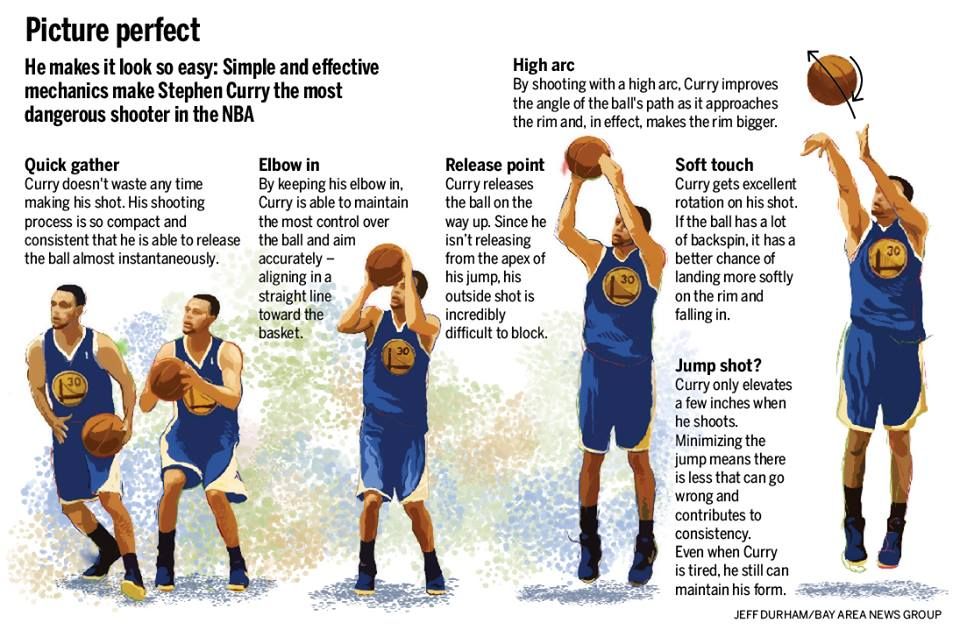 Players earned about $10 per match.
Players earned about $10 per match.
* * *
In 1898, Amos Alonzo Stagg, already a football coach at the University of Chicago, was approached for advice. The University of Kansas needed a teacher of physical education - but this position also included the post of a chaplain who would gather students for prayer every morning, so there was no way to find the right candidate. Stagg sent an urgent telegram to the Treasury: “I recommend James Naismith, inventor of basketball, physician, Presbyterian minister, excellent sportsman, does not drink or smoke, does not swear. Write to the Denver YMCA” (which was where Naismith worked at the time). Of course, after such a recommendation, it was impossible not to invite Naismith. James joked for a long time that he got this job only because he knew how to pray.
Naismith wanted to introduce basketball into his curriculum, although the only sports hall was not suitable for the sport. It was in the basement, it was only 10 meters wide and 25 meters long, in the center of the hall there was a column supporting the ceiling, and the ceiling itself was a little over three meters.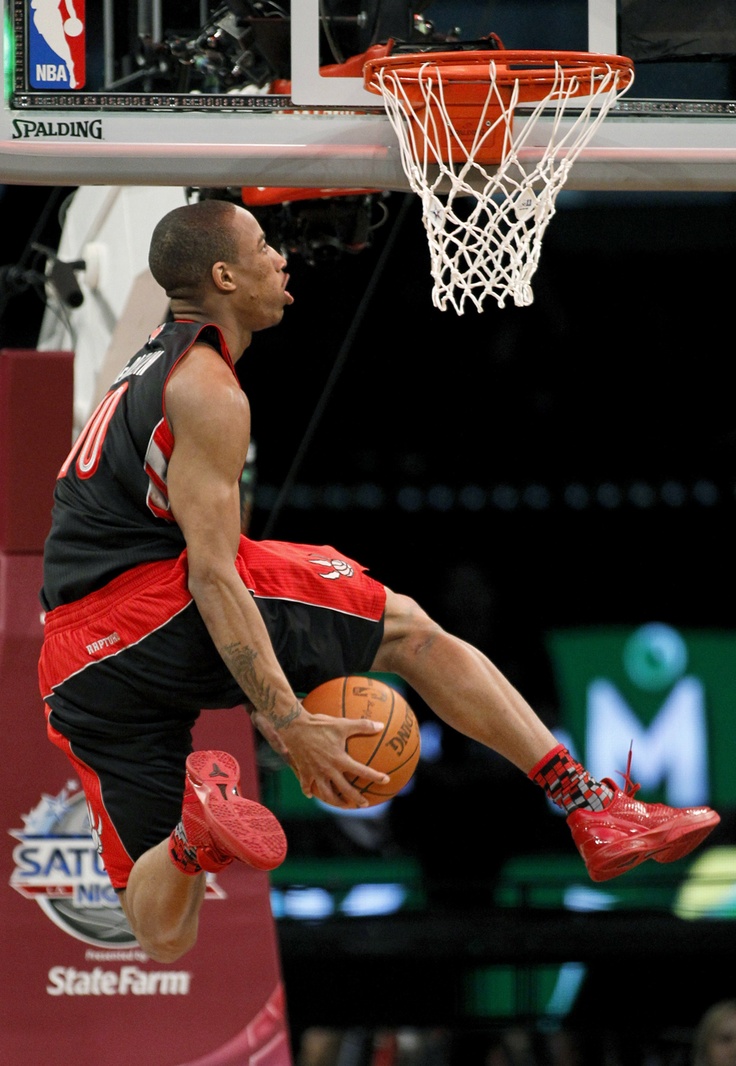 This did not stop Naismith and he organized a basketball team from his students, mostly football players. Matches were played away, on neutral grounds, in factory premises and even at the rink.
This did not stop Naismith and he organized a basketball team from his students, mostly football players. Matches were played away, on neutral grounds, in factory premises and even at the rink.
Kansas City's YMCA won 16-5 for the first time in Kansas basketball history. It included Jesse James Jr., the son of a famous bandit.
In Kansas, Naismith continued to invent sports games - but neither vor tag, nor highball, nor vrille caught on.
Naismith never cared if the team he coached would win or lose, so he—still a basketball coach at the University of Kansas—was trusted to referee his own team's games.
From Naismith himself comes the greatest branch of student (and not only) coaches. Under his leadership, the famous Forrest "Fog" Allen played, who then replaced Naismith in Kansas. Allen coached two other future great coaches - Adolph Rapp, who built the basketball program at the University of Kentucky, and Dean Smith, who led the University of North Carolina team and educated many coaches and players - from Larry Brown to Michael Jordan.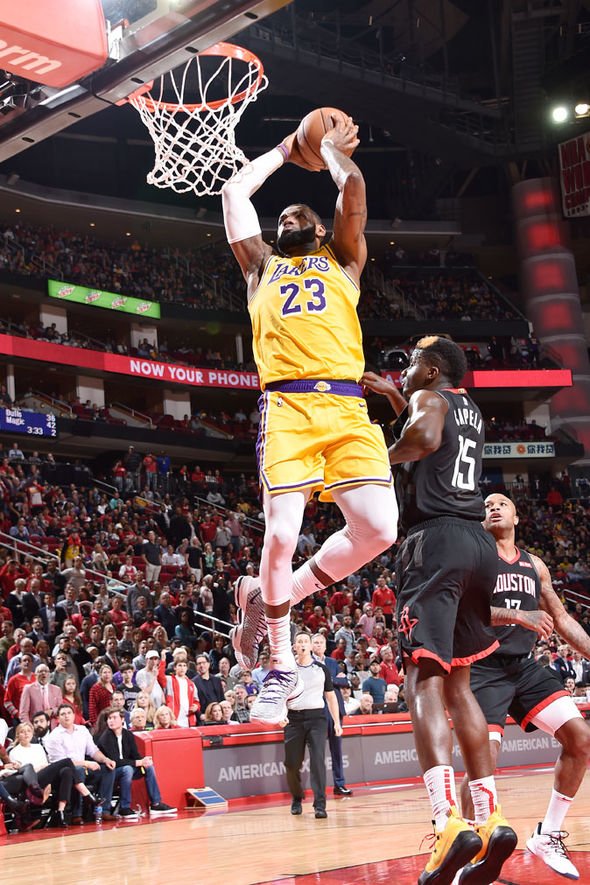
In the photo: Michael Jordan and Dean Smith
Naismith did not believe that Allen would become a coach, much less a teacher of new coaches. When Allen, still a student, was invited by Baker University to coach their basketball team, Naismith took it as a joke and told Adolf, "You can't coach in basketball, you just have to play it." We can say that for Naismith, the work of a coach was equivalent to the work of a physical education teacher. Only 16 years have passed since the invention of basketball until that incident, but the sport has developed rapidly.
Ironically, the first basketball coach in the history of the University of Kansas is also the worst. Naismith remains the only one who failed to achieve a positive balance of victories in Kansas - 55-60.
* * *
Naismith ignored his invention for a very long time. For him, it was just a small game that was inferior to gymnastics and wrestling in its usefulness.
Naismith once taught a class comparing his first basketball rules with the new ones. After a while, when he needed those rules again, he found that he had forgotten them in the classroom at the time. The search led nowhere, and soon Naismith lost hope of finding the artifact. But after 12 years, he was looking through his documents and found an unmarked envelope dated 1891 year. Naismith opened the envelope and two of the most important pages in basketball history fell out.
After a while, when he needed those rules again, he found that he had forgotten them in the classroom at the time. The search led nowhere, and soon Naismith lost hope of finding the artifact. But after 12 years, he was looking through his documents and found an unmarked envelope dated 1891 year. Naismith opened the envelope and two of the most important pages in basketball history fell out.
In 2010, two rule pages were purchased at auction for $4.3 million and donated to the University of Kansas Museum.
After Fogh Allen succeeded Naismith as head coach of the Kansas basketball team, Naismith was appointed the university's athletic director and physical education instructor. But one paperwork was not enough for him: he wrote books, patrolled the US-Mexican border at 1916, taught sports medicine, went to France during the First World War, where he taught hygiene to American soldiers. The main thing in the training was to make sure that the soldiers did not go to the brothels.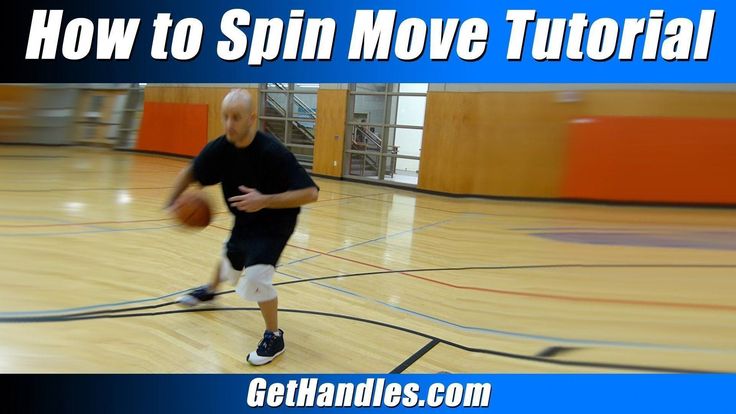
Naismith became a US citizen only in 1925, almost 35 years after he moved from Canada. By this point, professional basketball was in full bloom, tough, aggressive, played in cages—nothing like the game Naismith had invented as an easy winter game where players wouldn't get hurt.
Pictured: Naismith and his wife in 1928
Among Naismith's students in Kansas was John McLendon. He passionately loved basketball, but could not play with Fog Allen - John was black, and blacks began to be allowed on the team only in 1951. So McLendon learned basketball from Naismith. And he became one of the greatest coaches in the history of college sports. John has many titles in the status of "the first black coach in ...", but his main achievements are the improvement of pressing tactics and the invention of the "four-corner attack", which Dean Smith would later develop. John McLendon has been inducted into the Basketball Hall of Fame twice, for coaching and for his contributions to basketball.
In 1932, a meeting of the Council of American Coaches was held. Naismith did not participate in it, but sent several suggestions to improve the game. One of these was the idea to give the defending team 30 seconds to take the ball away, and the violation would be punished with a free throw. In fact, the inventor of basketball could reinvent basketball again - his visionary thought preceded the advent of the 24-second counter in the NBA by 20 years. But he believed that it was more important to motivate the defense to take away possession from the attack, and not the attack - rather to throw the ball into the ring.
In the same letter to the board, Naismith proposed awarding 4 points from a distance instead of 2. Once again, he was ahead of his time - the 3-point line did not first appear until 1961 in the ABL (in 1979 in the NBA).
* * *
In 1936, basketball was included in the program of the Olympic Games. Fogh Allen dreamed of seeing 75-year-old James Naismith and his wife in Berlin.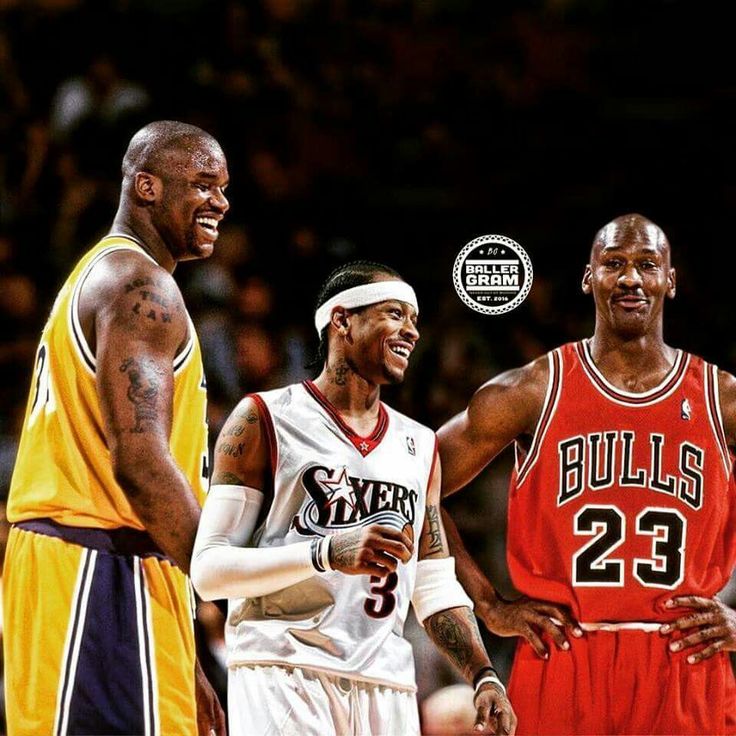 Spouse ticket money was collected all over America - many colleges, schools, churches, amateur and even professional teams gave away a cent from every ticket sold between 9to February 15, 1936 - Naismith Weeks. As a result, 5 thousand dollars were collected - much more than required.
Spouse ticket money was collected all over America - many colleges, schools, churches, amateur and even professional teams gave away a cent from every ticket sold between 9to February 15, 1936 - Naismith Weeks. As a result, 5 thousand dollars were collected - much more than required.
In Berlin, Naismith saw how widely his invention had spread throughout the world. But he considered basketball an international game from the very first match - the one that took place 125 years ago. Americans and Canadians, as well as an Englishman, a Japanese, a Frenchman participated in that game. For Naismith, this was confirmation that his game would be understandable and close to any person on the planet.
Specially for Naismith, a mini-opening ceremony of the Olympics was held - with the participation of the basketball teams of the tournament. 20 teams marched in front of Naismith, moved to tears. And then they went to the site - in the open air, without any protection from the rain (the gold match was played in the downpour), with sand and sawdust instead of parquet.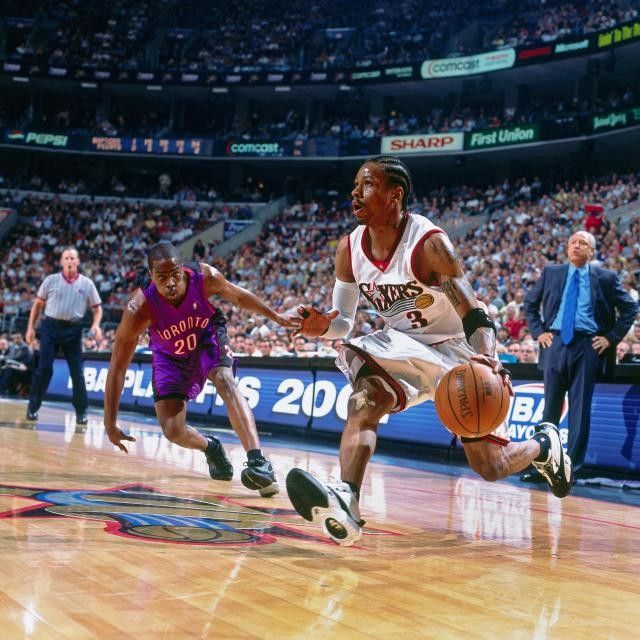
In the photo: Olympic basketball in the open air
Naismith was also entrusted with the honorary right to be the first to throw the ball into the game - the Olympic tournament opened the match between Estonia and France.
The coaching staff of the first Olympic teams included 17 (!) graduates of Springfield College. The college clearly coped with the task of preparing teachers of physical culture.
Naismith also presented the first Olympic medals. All of them went to American teams, and James was a citizen of two countries that played in the pouring rain in the final - the United States and Canada. Mexico took bronze.
* * *
Not much was known about the origins of basketball until 2006, when Naismith's 74-year-old granddaughter Helen decided to sort through five dusty boxes of documents left over from James Naismith. There were letters, photographs, the first rules, Naismith's description of the first game, and many other useful artifacts that told the story of the invention of basketball.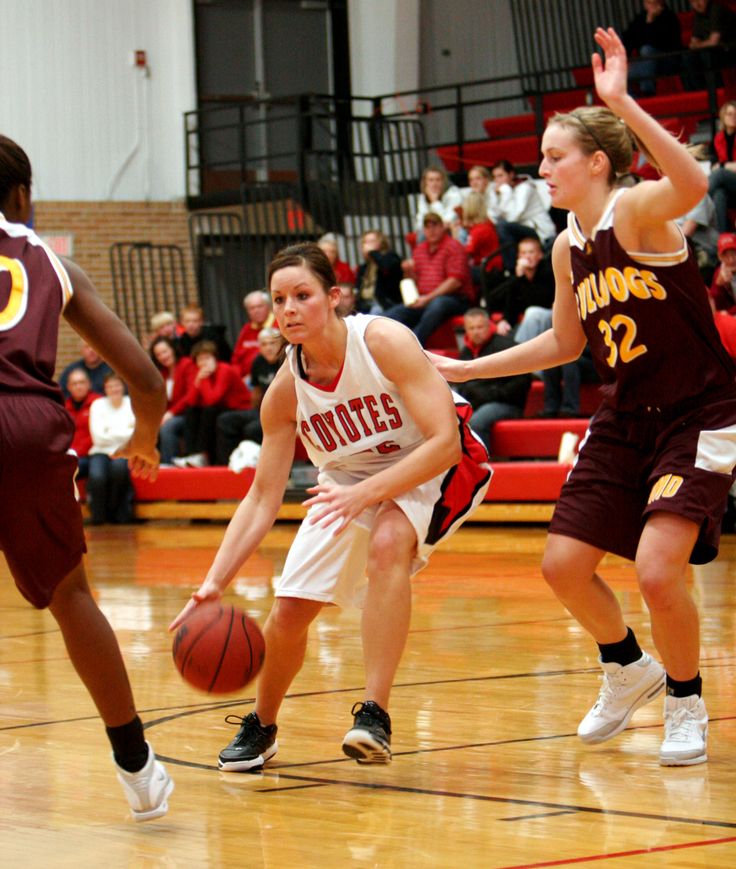
Naismith never tried to capitalize on his invention - he never even registered a patent for the game, and also always turned down advertising contracts - only towards the end of his life, according to friends, he advertised a Rawlings basketball. One day, a lawyer came into his office and promised him a share of every basketball ticket sold. Naismith promptly kicked the lawyer out of his office.
Not everyone agrees that Naismith invented basketball. Descendants of Lambert Gill, director of the YMCA in the village of Herkimer, New York, claim that it was 19Gill invented the sport in 1890, and the first game was played on February 7, 1891. But the Gill family never provided any hard evidence, except for a photograph of the Herkimer team, in which it is not at all clear what sport the players were involved in.
Naismith is honored by the NCAA's top honors - Naismith's name is given to the best player and best coach in college basketball.
In 2010, a bronze sculpture was installed at Springfield College in honor of the most famous worker of this university - James Naismith.
* * *
“I'm not worried about the future of basketball because the game itself is interesting no matter how much they try to change it. If the sport is interesting, it will always exist, and basketball is just like that ... It's a good, solid game. By 1939, when James Naismith passed away, almost every school and college in the United States had a basketball team, and about 20 million people around the world played basketball. Now their number reaches 300 million.
The first members of the Basketball Hall of Fame included Naismith, Luther Gulick, Amos Alonzo Stagg, and the entire first basketball team, which played its first basketball game on December 21, 1891. The Hall itself is located in Springfield, the birthplace of basketball, and is named in memory of Dr. James Naismith - Naismith Memorial Basketball Hall Of Fame.
"I want to leave this world in a slightly better state than the one I found it in." - James Naismith, inventor of basketball.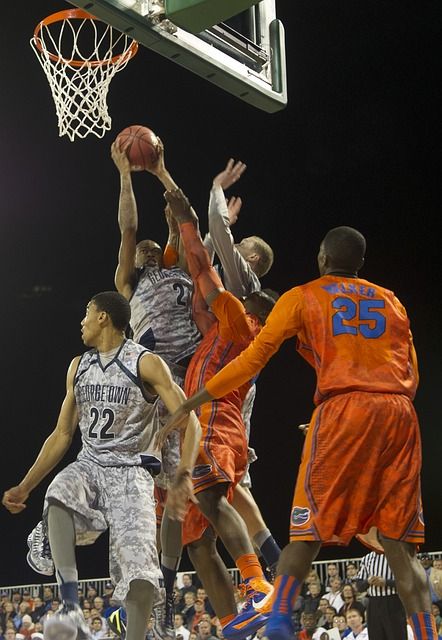
Photo: Gettyimages.ru/Hulton Archive; Global Look Press/KPA; wikipedia.org/D. Gordon E. Robertson; twitter.com/Full_Basket_; instagram.com/forpetessake29
"My medals are at home in a black bag." Interview of Russian basketball team coach Sergei Bykov by children
Neither athletes nor journalists usually like press conferences: questions and answers to them are often known in advance. Sports.ru and the company SIBUR, together with which we made this material, decided to try to change this.
Sports.ru media director Alexander Polivanov went to the company's health camp in Anapa, where the children of SIBUR employees have a free vacation and prepared everyone for a press conference with the former captain and current coach of the Russian national basketball team Sergey Bykov.
We will tell about how the preparation went in the following materials, but for now - the results of the press conference. Questions were asked by schoolchildren aged 9-12, who studied in the media center of the camp.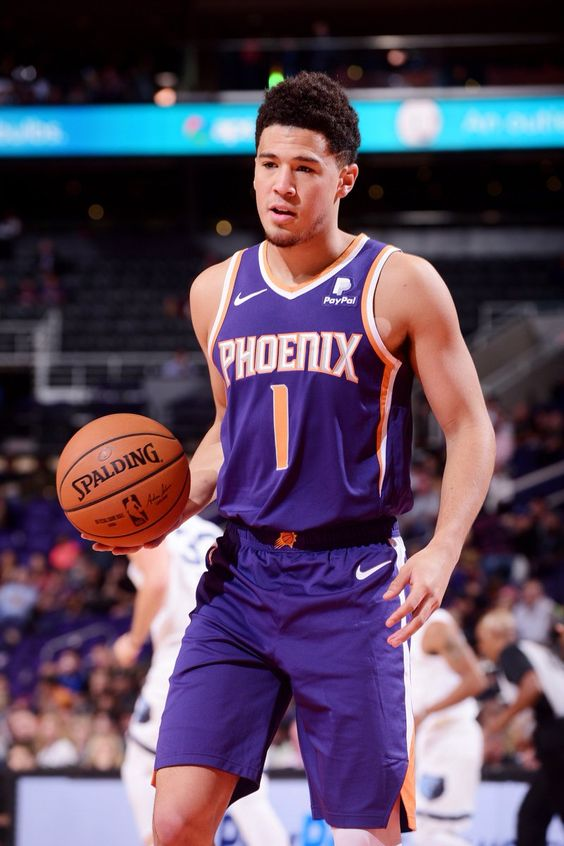 It was organized so that in the age of social networks, when almost everyone has their own blog, children will learn the basics of working with the audience; the task of the media center is to involve them in the coverage of events and show the work with the speakers. Sports.ru helped the children formulate some questions and talked about who Sergei Bykov was and how such press conferences are held.
It was organized so that in the age of social networks, when almost everyone has their own blog, children will learn the basics of working with the audience; the task of the media center is to involve them in the coverage of events and show the work with the speakers. Sports.ru helped the children formulate some questions and talked about who Sergei Bykov was and how such press conferences are held.
Why Bykov? For several years now, SIBUR has been implementing the School of Basketball program, which helps children and children's coaches in the cities where the company operates to reach a new level in the game. Since January 2019, Sergey Bykov has become an ambassador and leader of the company's basketball development program.
- What kind of relationship did you have with your first coach?
– Probably the same as you have with all adult teachers. An adult, great respect, you listen to every word. At first, you take criticism hard, then you accept comments, because you realize that the advice was correct - and you absorb more and more.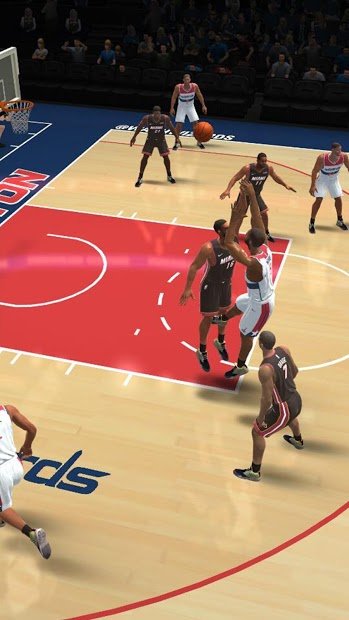 Then, when I already grew up, grew up to the national team, we became friends. For the 12th year we have been holding a tournament for my prizes for children in Novodvinsk.
Then, when I already grew up, grew up to the national team, we became friends. For the 12th year we have been holding a tournament for my prizes for children in Novodvinsk.
– Was it difficult to move from a small town to a big one, and did your parents support this move?
- Great question. I really am from a small town - from Novodvinsk, Arkhangelsk region. There was no basketball section, only "extracurricular activities", so in order to develop further, it was necessary to move.
My parents have always supported me in all my undertakings. Naturally, they understood that when I was invited to Moscow, I had to follow my dream. On the other hand, they were sorry to part with the "youngest".
I was very fond of basketball, at that time I got into the youth team of Russia and went to Moscow with great pleasure. Now I understand that it was a defining moment in my life. I still have a good connection with my homeland: my mother, many friends, brothers are there, but then I went on a big trip, which allowed me to meet a lot of interesting people, both Russians and foreigners.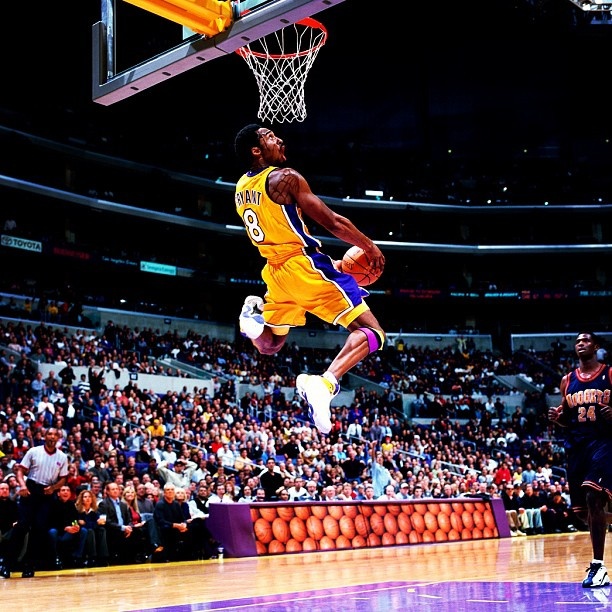
- Were there times when you wanted to quit basketball?
– Of course, there were doubts, but they lasted not even for days, but for hours. When you love something a lot - well, let's say a friend - you may be dissatisfied with him, but this does not mean that you have stopped loving him. I had doubts - I did not finish sports school and therefore did not get the basics of basketball, and faced difficulties in confronting more talented guys, but the Pomeranian character did not allow me to give up everything halfway. And I loved basketball so much that there were no thoughts of quitting it seriously.
– Are you recognized on the street? What do you think about it?
– Basketball is a sport not spoiled by glory, we are not recognized on the street as often as football players. But once there was such a curious moment: I met in a restaurant with your colleague, a journalist. And he asks me exactly the same question, to which I answer him that even Olympic champions are not recognized in Moscow. The interview is over, we go down the stairs, a man comes towards us and says: “Oh, Sergey Bykov! I support Dynamo, thank you.” Curious moment.
The interview is over, we go down the stairs, a man comes towards us and says: “Oh, Sergey Bykov! I support Dynamo, thank you.” Curious moment.
When they find out, I'm pleased. And it’s not that it’s about vanity - it’s more like a confirmation that in your field it was possible to achieve certain results.
- Do you follow women's basketball?
– Of course, I do. Women's basketball is called a “smart game”: when there are no great physical abilities, like men have, you have to take on other skills, so the technique develops, some tricky tricks are used. In men's basketball, elite athletes also play according to the principle of athletic ability + head, but in most cases the guys are trying to use their physical abilities - and this does not always look like intellectual basketball.
– You have visited many cities. In which city do you like and would like to live the most? Do you often visit your hometown?
– Yes, I have visited many cities and many countries.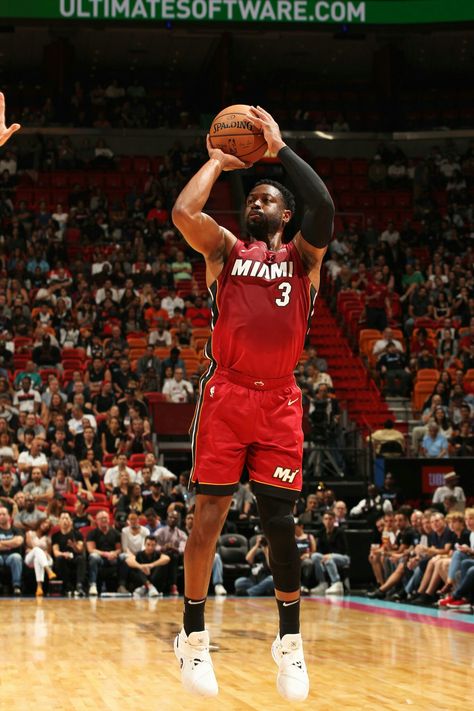 Despite the fact that I was born in the North, I fell in love with Moscow very much and can rightly call it my most beloved city. I arrived in the capital at the age of 15 and have been living in it for 20 years, more than in my homeland. My children were born here. So when I went somewhere with the team, I rather thought about when I would return.
Despite the fact that I was born in the North, I fell in love with Moscow very much and can rightly call it my most beloved city. I arrived in the capital at the age of 15 and have been living in it for 20 years, more than in my homeland. My children were born here. So when I went somewhere with the team, I rather thought about when I would return.
Speaking of foreign cities, such places as Los Angeles, Paris, Madrid cannot leave you indifferent. It has its own aura, energy, architecture and culture.
And if I answer the question about my native city, then at least once a year I try to come to the tournament, and my friends and parents come to Moscow sooner.
- You used to play in the national team, but now you are a coach. How do your friends feel about the fact that you are now coaching them?
- This is an adult and good question. The transition from player to coach is a very delicate moment. I will say this: 80 percent of the players supported me, the rest painfully perceived that I now sometimes make comments to them from the coaching bridge. They did not understand that when I criticize their actions, I do not criticize them, that I do it so that we can be better as a team and beat stronger teams.
They did not understand that when I criticize their actions, I do not criticize them, that I do it so that we can be better as a team and beat stronger teams.
- Do you want your children to play basketball and compete?
– My son is 14 years old, my daughter is eight. My daughter has already changed her mind about playing basketball, she went into dancing, into todes. The son is still doing it. Children go to a good school with an emphasis on mathematics, go to a theater group, and receive a versatile education. I want my children to be first of all interesting people.
– How old do you have to be to play basketball?
- There are standards according to which you can practice playing sports from the first grade. But exercise can be done earlier.
But there are instructive examples when people who started playing basketball only at the age of 17 became Olympic champions, and before that they worked at a factory, at a machine tool. You probably know who I'm talking about if you've seen the movie Moving Up.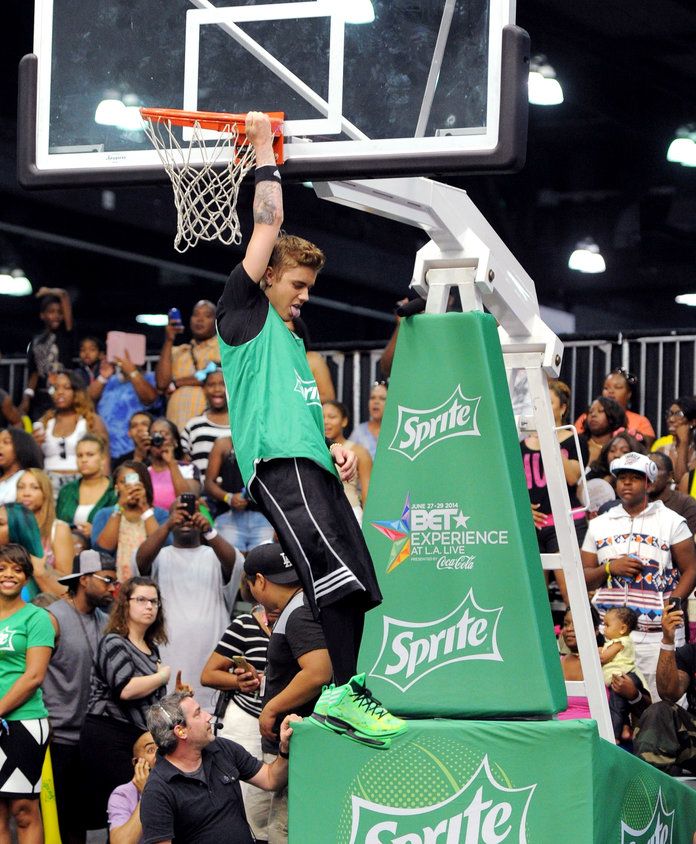 Remember there is a character who suffered with vision all the time, Alzhan Zharmukhamedov?
Remember there is a character who suffered with vision all the time, Alzhan Zharmukhamedov?
– What does victory mean to you?
- This is a philosophical question. Everywhere - in films, in books - they say that when you stand on a pedestal, this is the best feeling. I often stood on a pedestal, and did not understand where is the euphoria? Then I realized that the path to victory itself is much more interesting when, after a victory, you look back and remember what was overcome.
Before the 2007 European Championships, when we took gold, I didn't make it into the squad. Some midge bit me so hard that I had a temperature of 40 - and I was treated with antibiotics for more than a month, I was in terrible shape. The coach first kicked me out of the national team, then gave me a second chance - and I jumped into the last carriage.
I have medals, but they are not hung on the walls, they are in a black bag. For me, this is a kind of symbol that one should not live in the past, but should think about the future.
- Who do you like to coach, children or professional athletes?
– For me, coaching children and professionals are two different professions. When you train children, you are more of a teacher, you need to make children better. When you train adults, you become more of a manager-psychologist. It is difficult to manage adult uncles, including naughty ones, for whom various pedagogical methods do not work. Sometimes you need to talk like a man, and come up with some tricky punishments. A kind word often helps, uniting around a common goal.
These are two different professions, but you get pleasure from both. When I work with children, I get very tired, because in most cases, children, especially modern ones, cannot keep focus for a long period, I have to repeat it many times. But at the same time, you are charging: you are now like sponges, absorbing all knowledge, and when you see that your phrase, your action, your advice, hint are working, it is a great pleasure.
- Have you become a coach, do you have more free time?
– I do not agree with the wording – in fact, coaches have no free time at all. Let me tell you the EuroBasket schedule for basketball players and coaches.
Basketball players: sleep until 9 am, breakfast until 10 am, then morning training (not always), meeting, video, lunch, quiet time, evening game, rest, athletes get massage, restorative procedures.
And now the coaches. Let's say that on the first day we were lucky, we got up just like the athletes. Breakfast, in a pause you do scouting, a training program. Then the training itself, you are in the process all the time. Sometimes there are so many cases and things that need to be analyzed that you can skip lunch, all the more you need to prepare for the video. The players go to sleep - we go to work again, write a game plan. In the game itself, the pressure on the coach is higher than on the player, because in the team you can hide behind someone, but not here. After that - no matter how the score ended the match - no friendly conversations. After eating, you go to analyze this game, and then prepare for the next one. Sometimes you can not sleep at night.
After that - no matter how the score ended the match - no friendly conversations. After eating, you go to analyze this game, and then prepare for the next one. Sometimes you can not sleep at night.
We had a group in Europe where there were matches for three days in a row - and we slept for three or four hours on those days.
- Which team did you win with the highest score?
- I do not remember this fact. By and large, it does not matter with what score you won, it is important that you win. And if you take a philosophical approach to this issue, then defeats give you more than victories. When you win and everything is good, the development is not so strong. Losses make you think about where you are weak, where you need to improve. If we win, then we are the best today. If we lose, I don't like it. And sometimes right after the games you go to the gym to train additionally.
- What was the hardest defeat in your career?
- It is difficult to single out one. But this, perhaps: in Europe with the Serbs in 2009, in the quarterfinals. We understood that at that time we could beat them, but we lost. And not because they were better, but because everything went wrong with us like in an orchestra: someone stopped defending, someone took the initiative. And this was an unpleasant aftertaste.
But this, perhaps: in Europe with the Serbs in 2009, in the quarterfinals. We understood that at that time we could beat them, but we lost. And not because they were better, but because everything went wrong with us like in an orchestra: someone stopped defending, someone took the initiative. And this was an unpleasant aftertaste.
But in 2011, at the next Europe, the quarter-finals, again with the Serbs. Remembering the bitterness of defeat two years ago, we talked within the team, agreed that we should not make old mistakes and beat them.
– What is a good basketball player?
– Now I'll go a little to the side. What is a good basketball player? I travel to different Russian leagues and see that in some parameters - the level of ball possession, technique, how they run, how they defend - the difference between basketball players is small. Why do some people play at a high level and others at a low level? Scientists from Kazan University tested basketball players from three basketball leagues.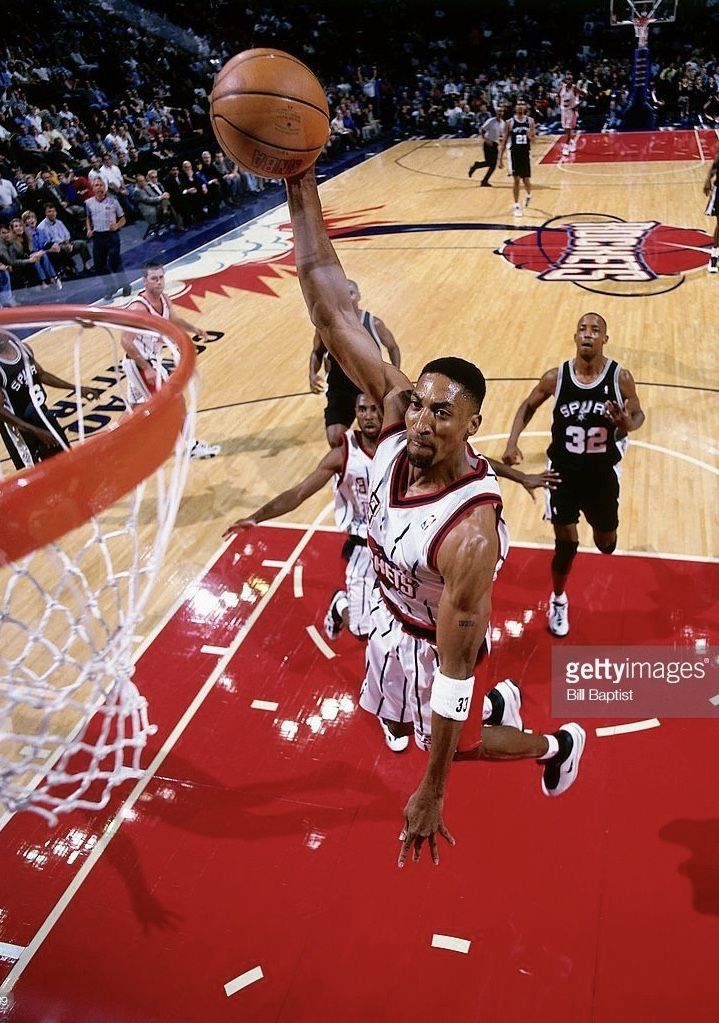 And they revealed a pattern - basketball players playing in the major leagues have higher IQ, intelligence.
And they revealed a pattern - basketball players playing in the major leagues have higher IQ, intelligence.
Many people think of basketball players in a primitive way - they only need to score the ball into the basket. No, you have to put meaning into what you are doing, analyze what is happening and make decisions at high speeds - all this is good gymnastics for the head.
Until the seventh grade, I studied well, even went to the Olympiads in various disciplines. Looking back, I understand that having some kind of thought processes in my head allowed me to make the right decisions in training, in relationships, and, probably, this was my difference from more talented guys who did not get to a high level.
- There is a basketball next to you. What is this ball?
- Oh, this is a very cool ball and it will be played in the new season of the VTB United League. Do you know how it differs from the rest? The interior of the ball is made from recycled plastic bottles as part of the company's commitment to the environment.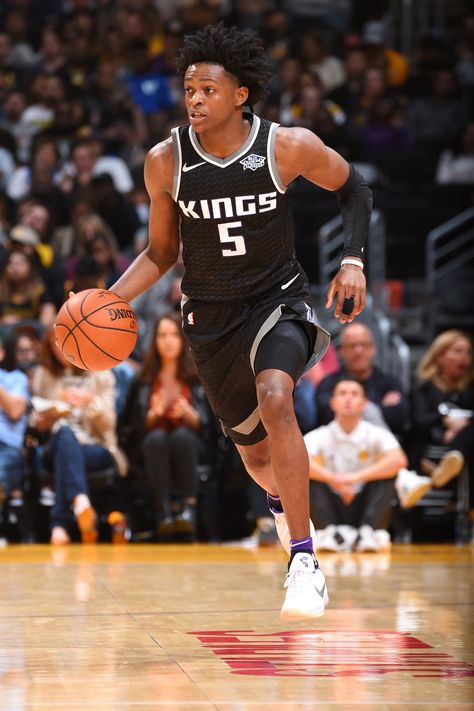 By the way, if you separate waste and recycle plastic, you can give a second life to old things. For example, plastic bottles can also be used to make uniforms for athletes. And I know another example of the company's concern for the environment, here in Anapa there is a photovoltaic solar power plant that provides electricity, including the hall where we sit.
By the way, if you separate waste and recycle plastic, you can give a second life to old things. For example, plastic bottles can also be used to make uniforms for athletes. And I know another example of the company's concern for the environment, here in Anapa there is a photovoltaic solar power plant that provides electricity, including the hall where we sit.
– What other sport do you like?
- If the Russian national team plays, I watch all kinds of sports, they are all interesting. Football is more than a sport, it's interesting to look at it from the point of view of a national idea, when the whole country unites to beat, say, the Brazilians (but it doesn't work well). Hockey comes second. The kind of sport for which we are not ashamed and we have great traditions
- Were there any players of small stature in your team and do their tactics differ from the game of tall ones? I'm just small myself and I'm very interested in it.
– Basketball is a very interesting sport in that different positions require different qualities, anthropometric data.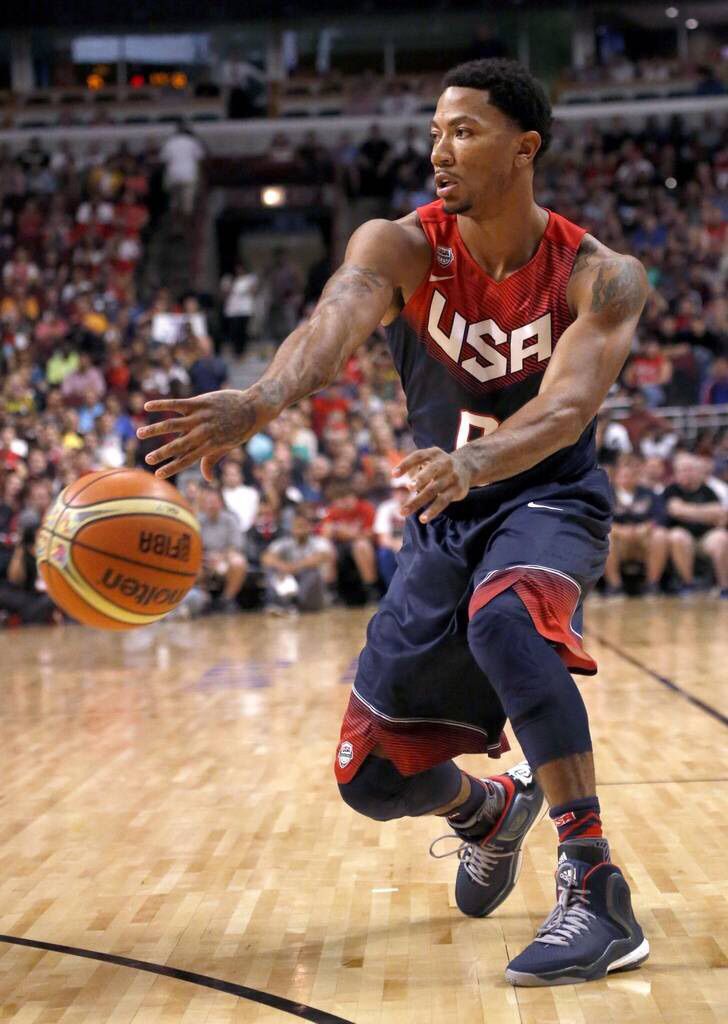 Do you know how tall were the smallest players in the history of basketball? There was a 158 cm player who played in the NBA. There was a 168 cm player and they sometimes scored through real giants. Who takes what - who is tall, who is nimble or cunning. When I played for the national team, only one player was shorter than me.
Do you know how tall were the smallest players in the history of basketball? There was a 158 cm player who played in the NBA. There was a 168 cm player and they sometimes scored through real giants. Who takes what - who is tall, who is nimble or cunning. When I played for the national team, only one player was shorter than me.
– What are the elements to start learning basketball?
- As a coach, I am pleased to work with guys who are creative in the game, show leadership qualities, and are hardworking. This is the perfect combination of qualities for a player. But the task of the coach is not to divide children into skill levels, but to do each one a little better after each workout and enjoy it.
The big problem now is that coaches don't know what a basketball stance is. And this is the position that allows not only to immediately surpass your opponent, but also correctly forms the child physically. When I met her, the accuracy in the throws, the strength and sharpness of the pass, plus the defense improved literally before our eyes.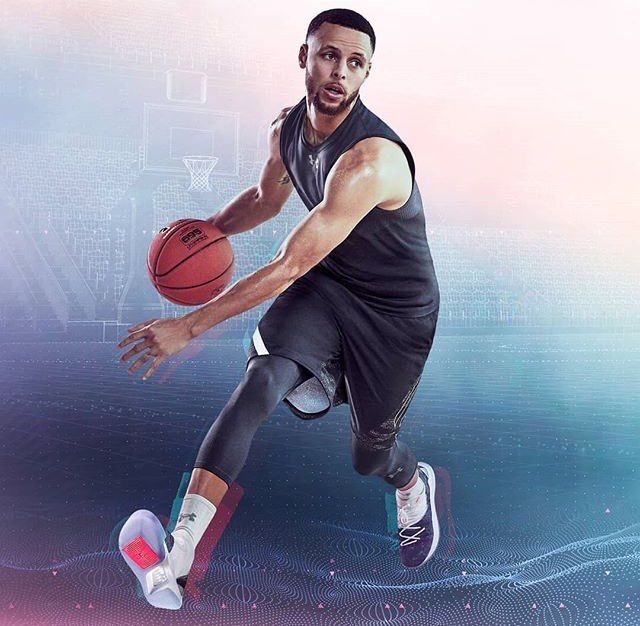 Imagine what an athlete becomes by training with such knowledge from childhood.
Imagine what an athlete becomes by training with such knowledge from childhood.
– If you had the opportunity, what rules in basketball would you change?
– Oh, very cool and difficult question. No one has ever asked me one, so I'm a little lost. I have always perceived that rules are something to be reckoned with.
What rule changes have been in my life? The three-point zone was increased by a meter to make it harder to hit. Previously, there were 30 seconds for an attack, they made 24 for the dynamism of the game.
Repeats have now been introduced. If the referee does not understand what is happening on the site, he can watch the video. I would introduce a restriction - you can use this rule twice per match, and then only in the last five minutes, at a moment where the price of a mistake is high.
– What advice can you give to young athletes?
- You should not limit yourself to sports, I am for you to do what you like, what causes emotions and excitement.
To start doing something, emotions are always needed. To have emotions, you need meanings, meanings in your head. And to make sense? It needs a focus on something. And so a chain is formed: focus on something, fill it with meanings, then emotions appear that prompt you to do something.
That's why I don't believe when children are told: they need a lot of rest or something else. Here, for example, is my daughter with a mathematical mindset. I never force her to solve problems, but she herself enjoys solving problems. After school, she comes and sits down to decide. And he doesn’t get tired, because all the fatigue is in the head and, as a rule, from emptiness and inaction.
I would like to add that in child psychology there is no such thing as laziness. It's called lack of motivation.
– How to get into the SIBUR basketball school?
- Do you know about the basketball school? Well done. This is a project that SIBUR is doing together with the Russian Basketball Federation.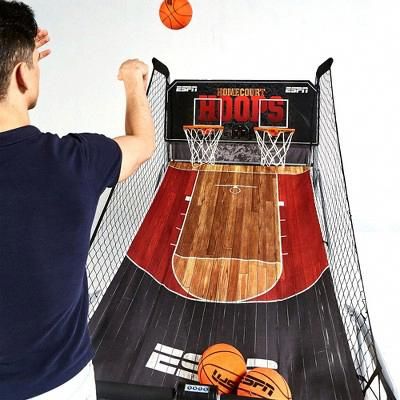 First, regional stages are held in the cities where SIBUR has a presence: Voronezh, Tolyatti, Tobolsk, Nizhnevartovsk, Tomsk and others. Then three people are selected from each city and they, together with their coaches, go to the final camp. This is already a serious level, to get there, you need to train a lot. #SIBURCAMP starts at the age of 14, so most of you still have time.
First, regional stages are held in the cities where SIBUR has a presence: Voronezh, Tolyatti, Tobolsk, Nizhnevartovsk, Tomsk and others. Then three people are selected from each city and they, together with their coaches, go to the final camp. This is already a serious level, to get there, you need to train a lot. #SIBURCAMP starts at the age of 14, so most of you still have time.
– What sport would you play if not for basketball?
– There is no such scenario in my picture of the world.
I don't know where the curve would lead. But the guys in the Arkhangelsk region and I wanted to play so much that we made basketball backboards and gates ourselves. And they played in the summer all the white nights without a break. There was such a case that they started playing, then took a shower and went to school.
If you are a gamer by nature, then it does not matter at all what kind of sport. You will learn any rules - and by these rules you will try to become a champion.
– What do basketball, you and SIBUR have in common?
– At the beginning of 2019, I became the leader of SIBUR’s basketball development program in the regions where the company operates. SIBUR takes a systematic approach to basketball: it reconstructs sports facilities, trains coaches, and organizes camps for children, so I hope we can take basketball to a new level together.
- You have had many press conferences in your career. How do you like this one?
- All the press conferences that take place after the match are very banal. “How did you beat them? What did you lack to beat them? Who was better today? How do you like refereeing? It's not interesting at all. And you had bold questions. I hope that in the future one of you will replace Pozner or Dud.
Press news
Rodriguez spoke about the reasons for the transfer to AC Milan Tyler Ennis to pass medical to join Maccabi FOX Tel Aviv Timofey Mozgov is the perfect Russian in the NBA.
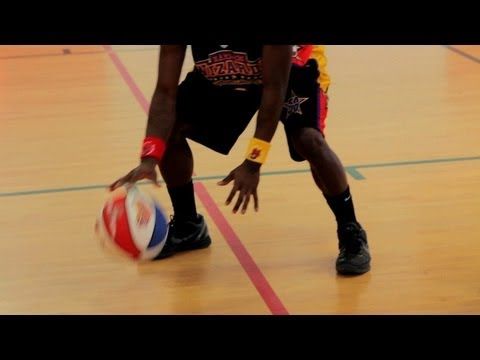
But even he did not change our consumer attitude to sports. James Michael McAdoo to continue career at Besiktas Basketball surname. Interview with Sergey Karasev La Gazzetta dello Sport: Virtus will play in the Euroleague 2020/21 season NBA champion Timofey Mozgov returned to Khimki Valiev: even if Mozgov goes to the World Cup, we must be ready to play without him Basketball player Mozgov signed a contract with Khimki Agent Mozgov: In addition to Khimki, two Russian clubs showed interest in Timofey .
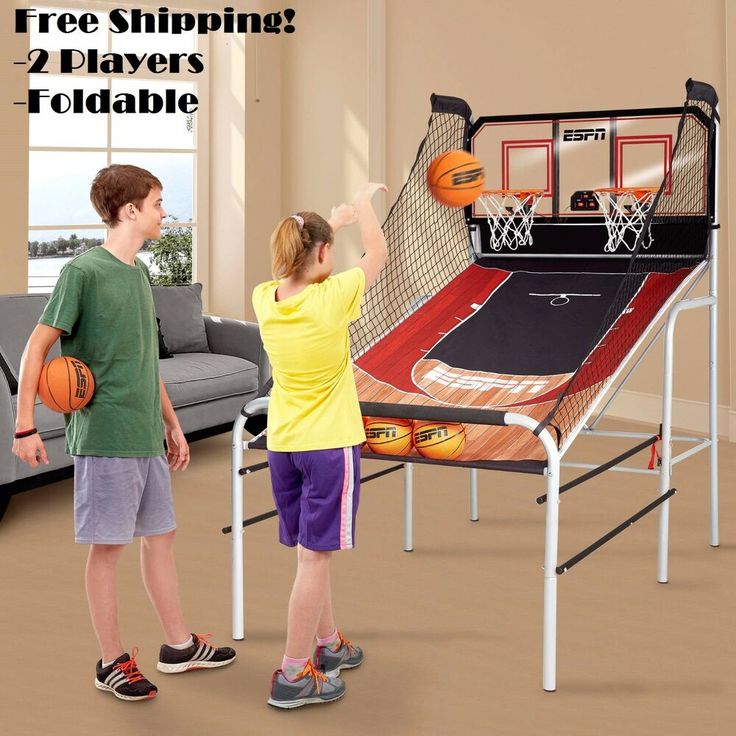
..
Latest club news
See you at basketball on Friday, October 28th! Happy birthday, Igor Vitalievich! Alexei Matyunin passed away A young basketball player from Donetsk became a player of BC Khimki GAME DAY.
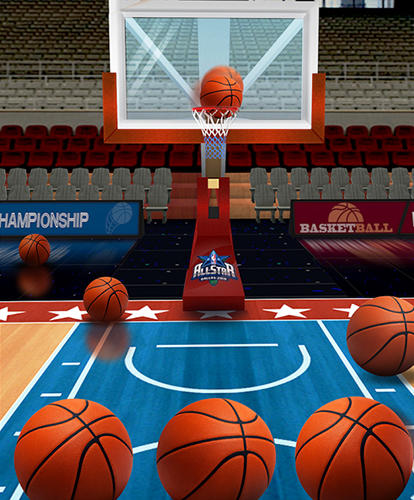
Khimki - Barnaul 19:00 Happy birthday, Oleg Vladimirovich! Khimki is ready to start the season in the Superleague Happy birthday, Sergey Nikolaevich! Friendly match.
